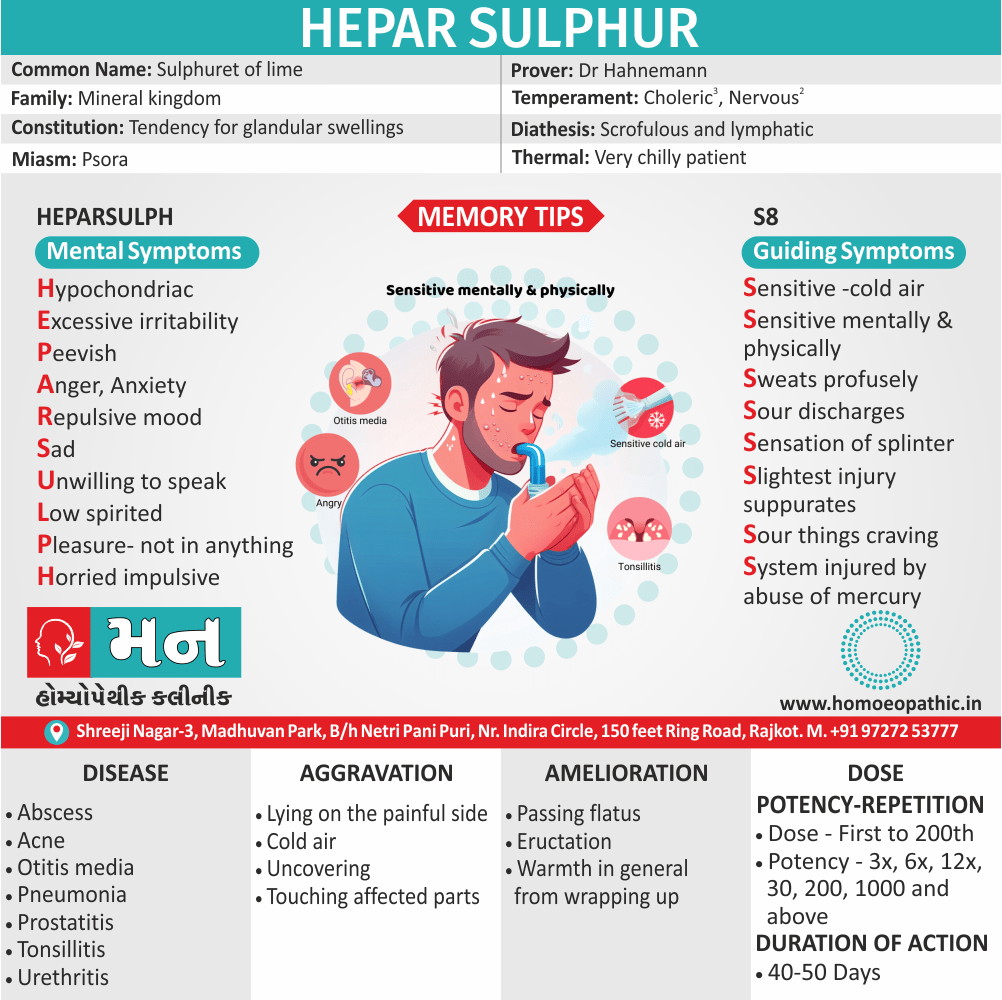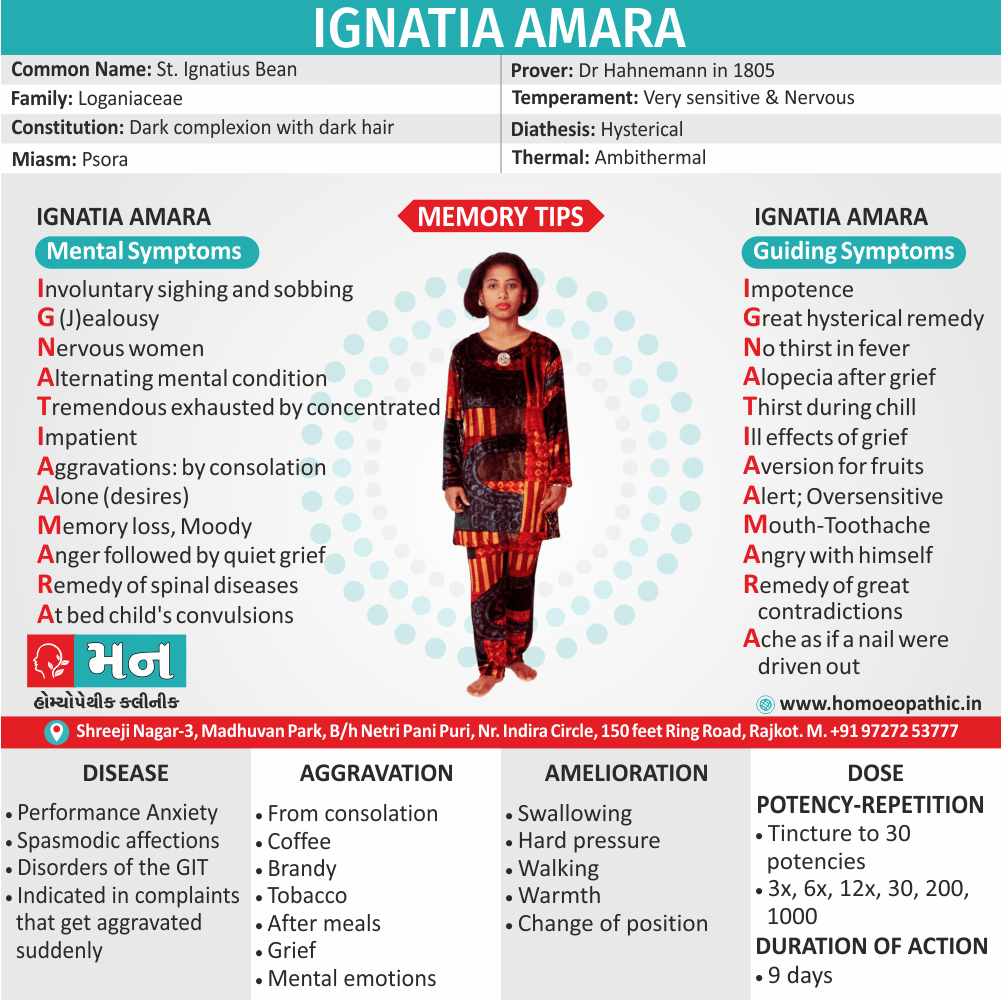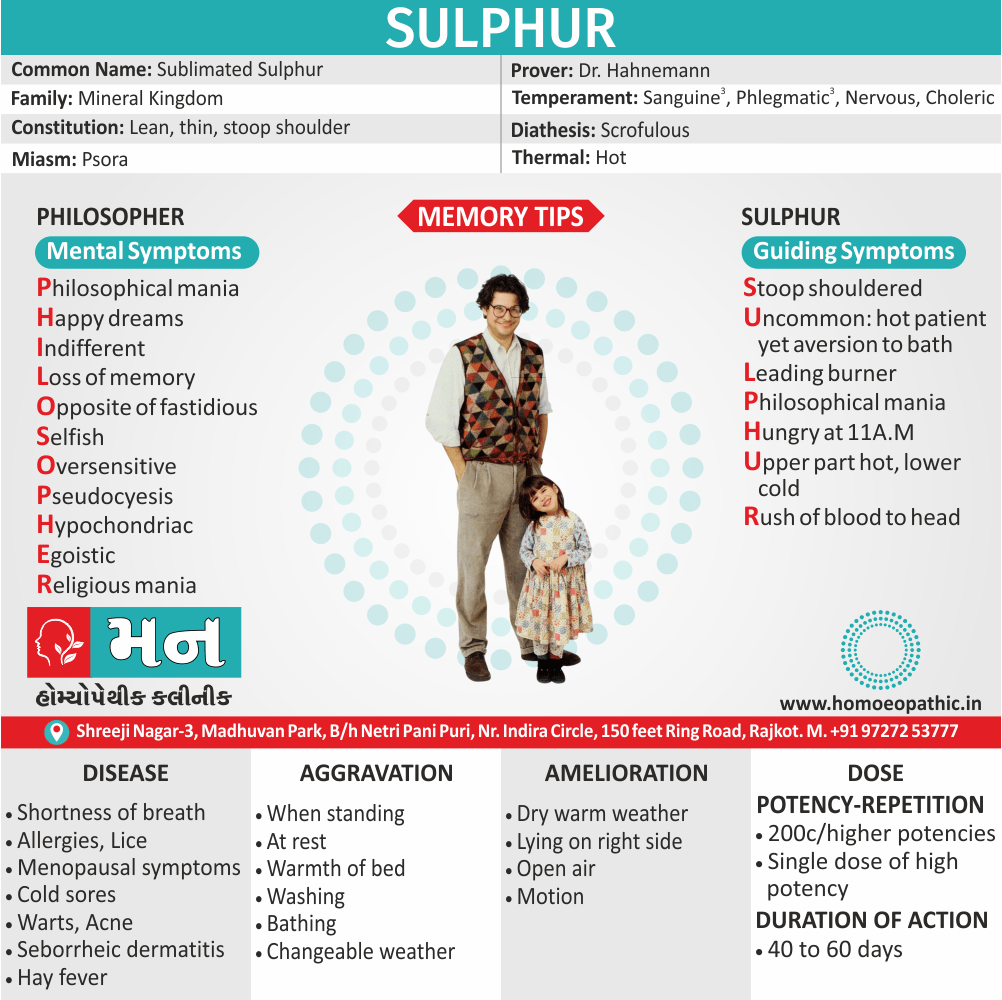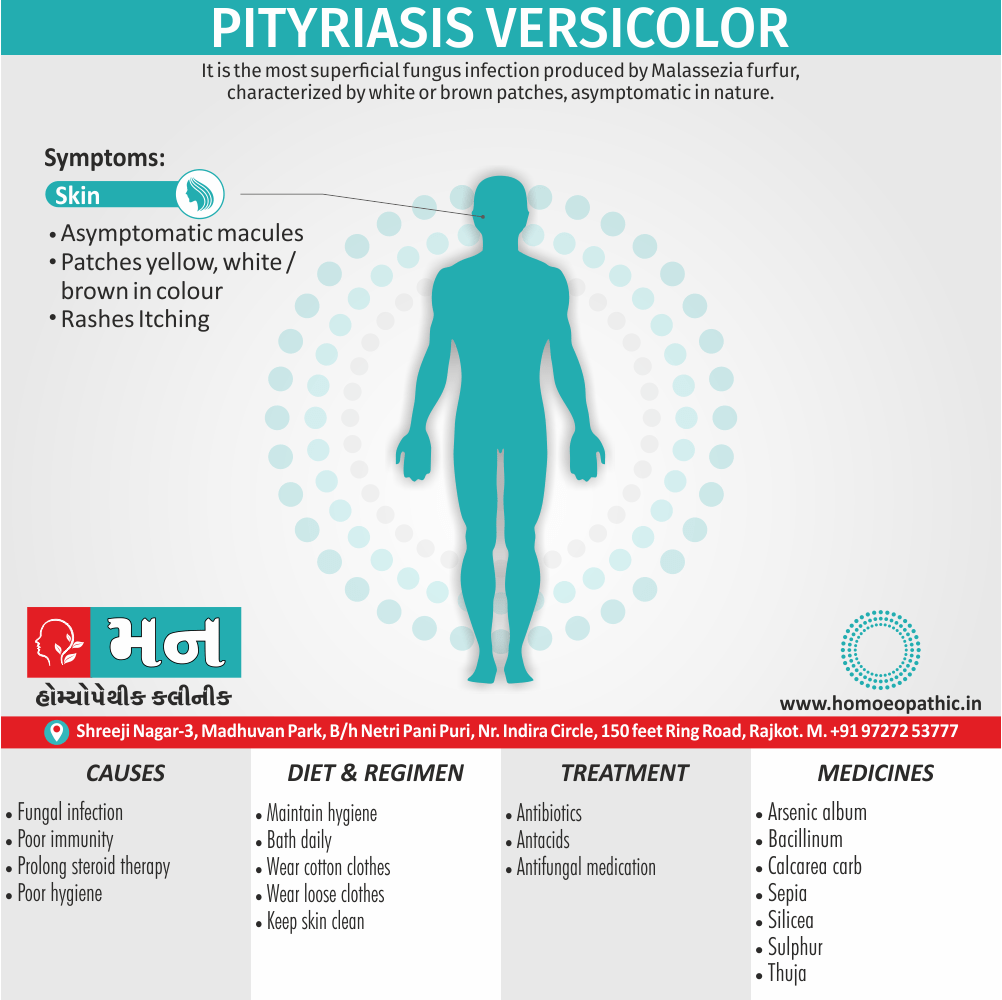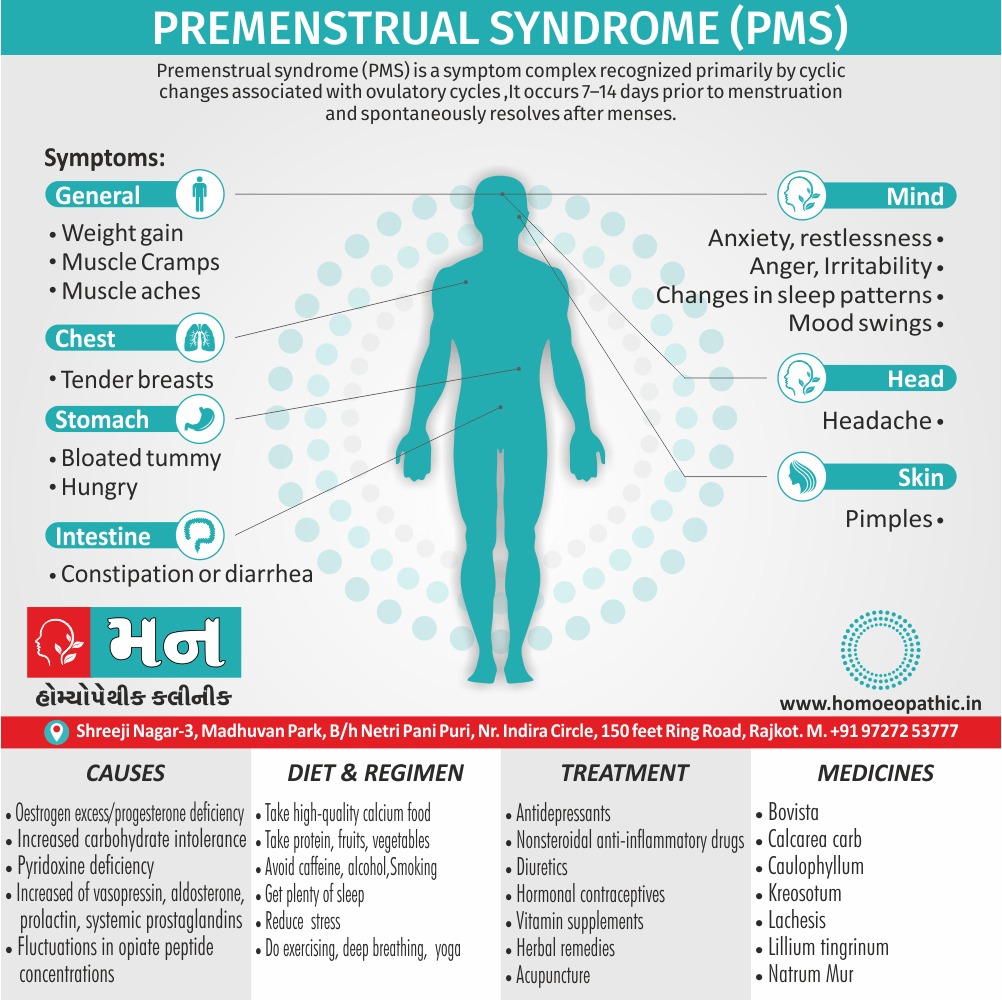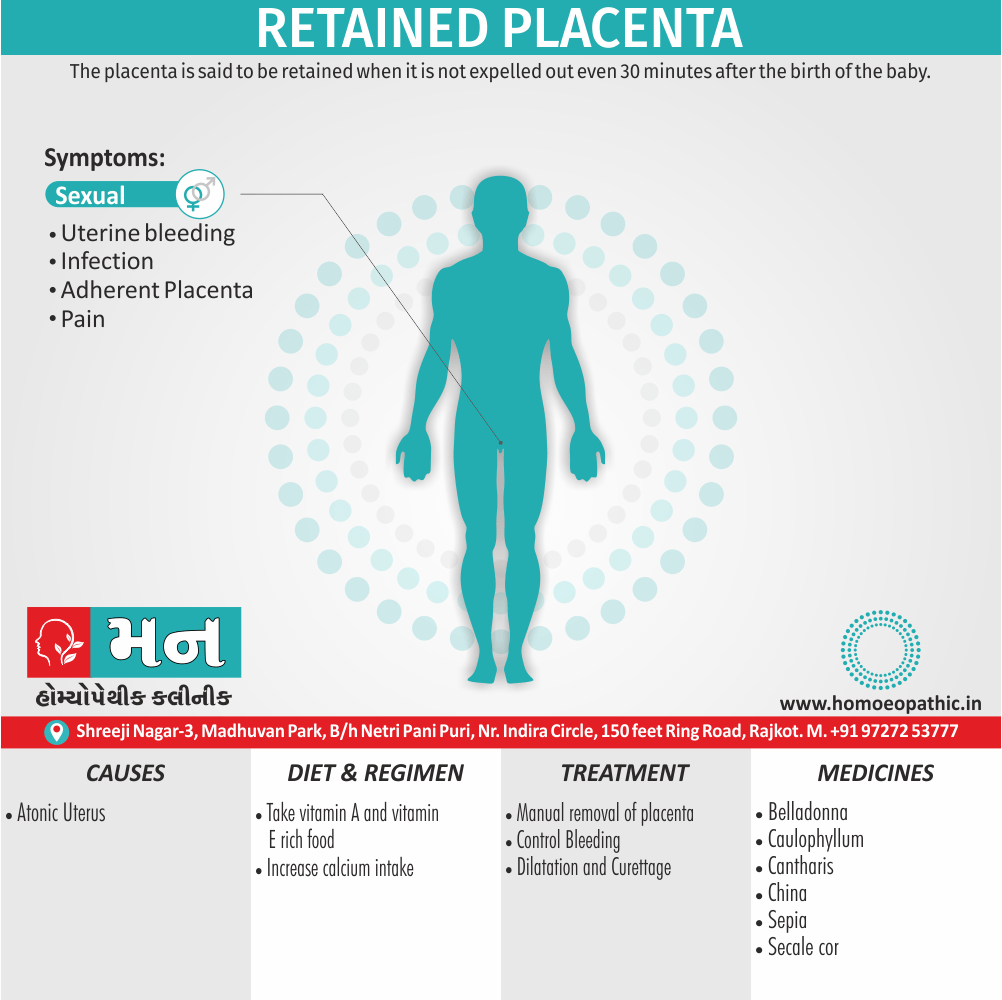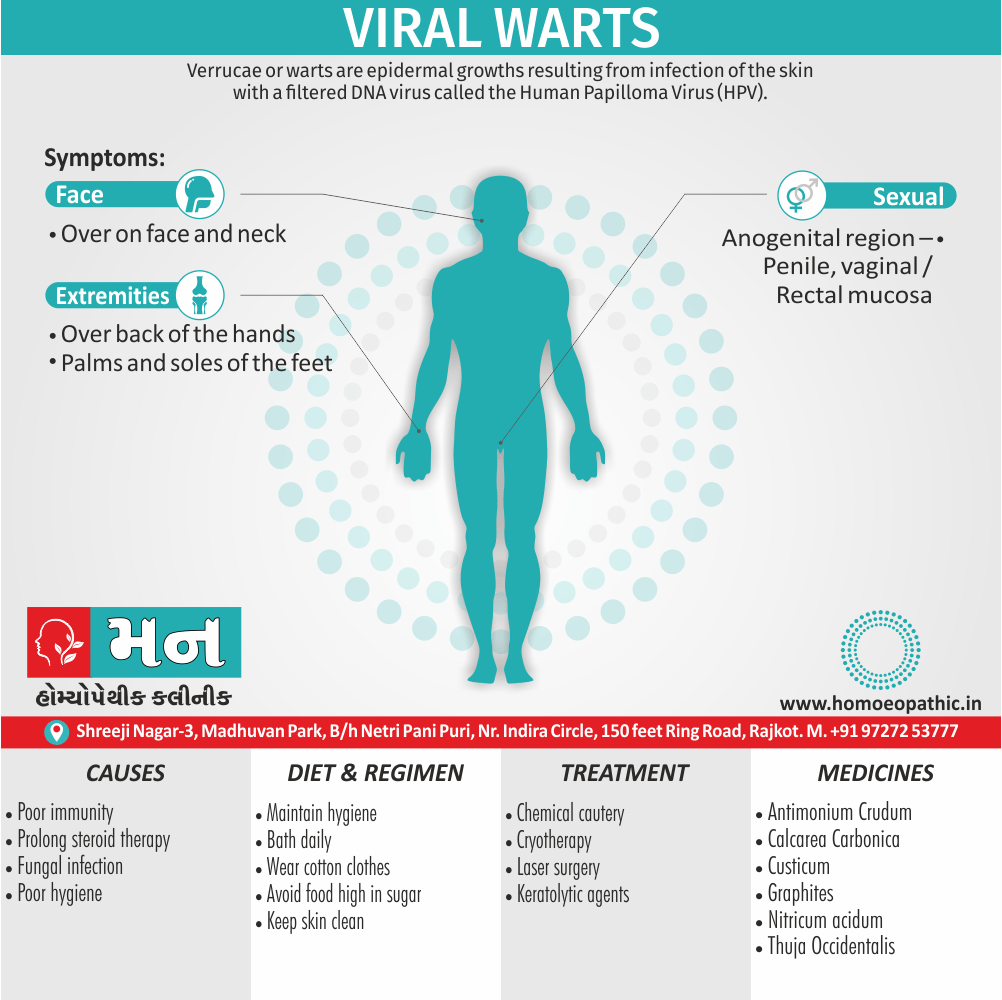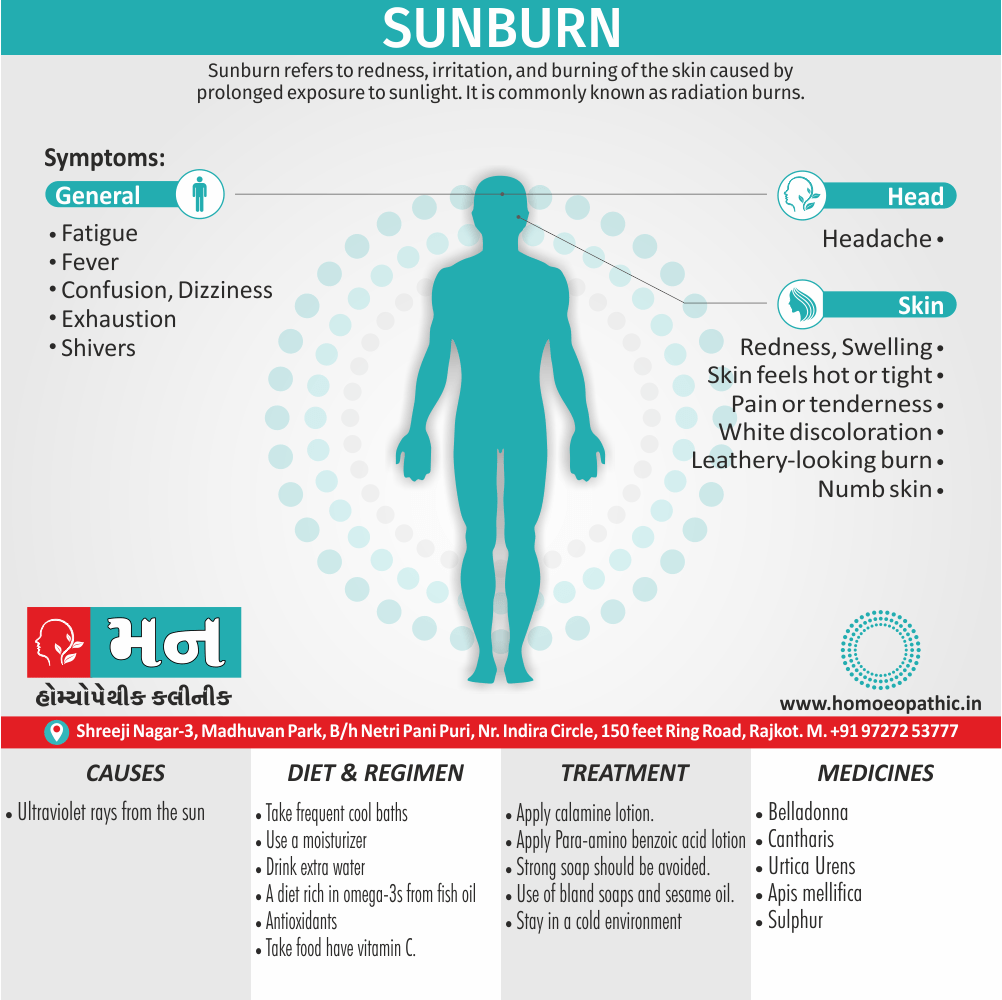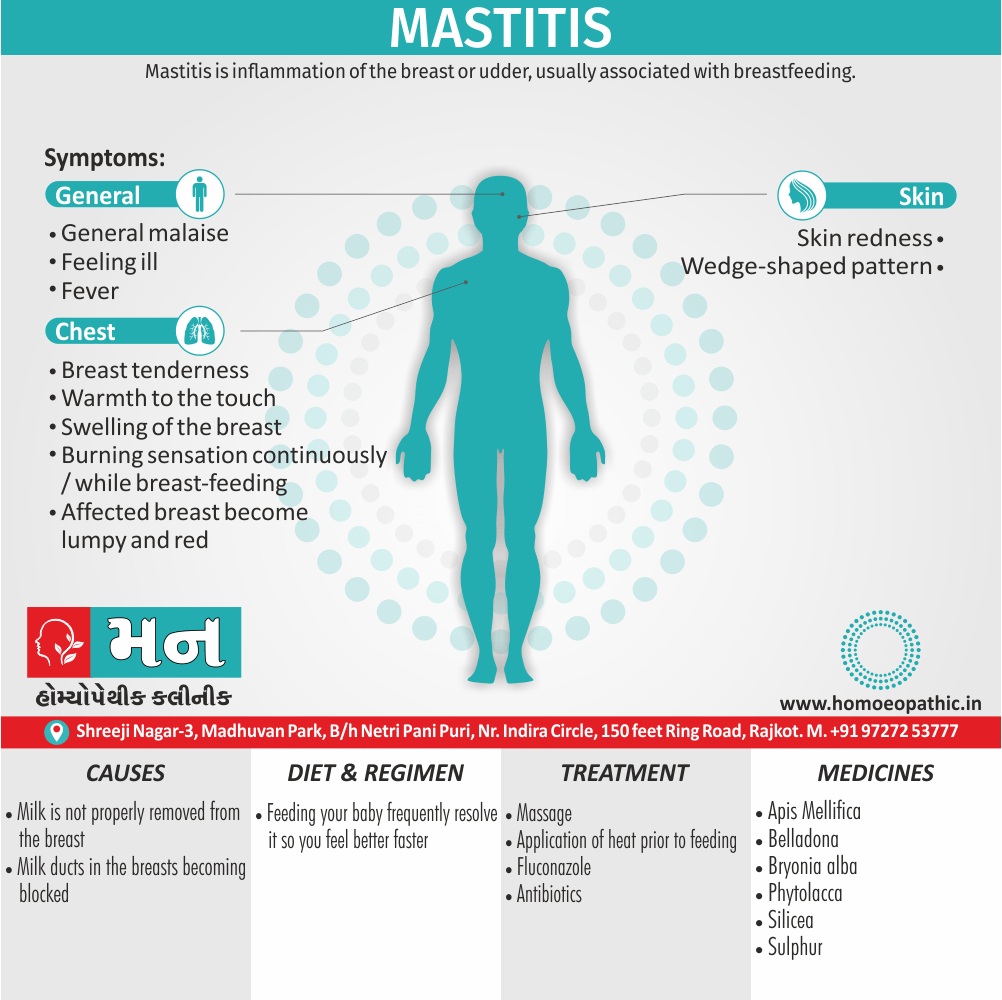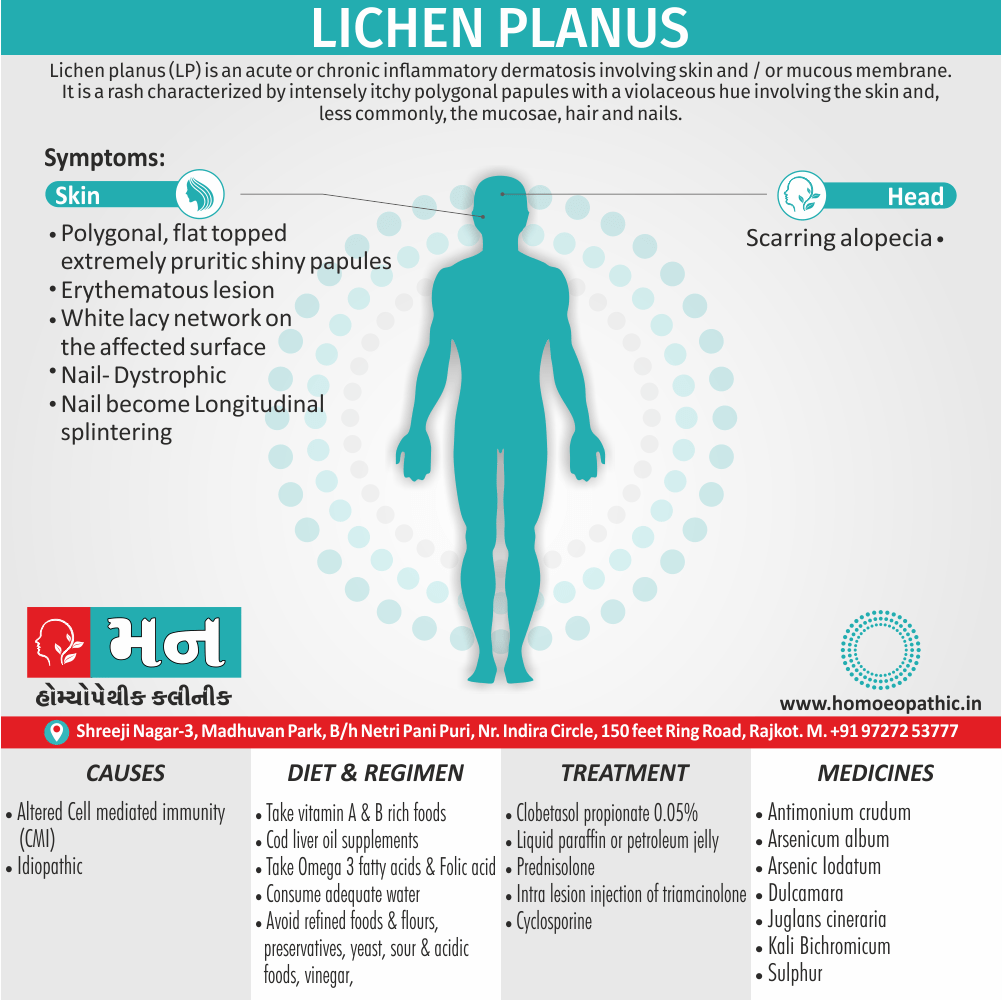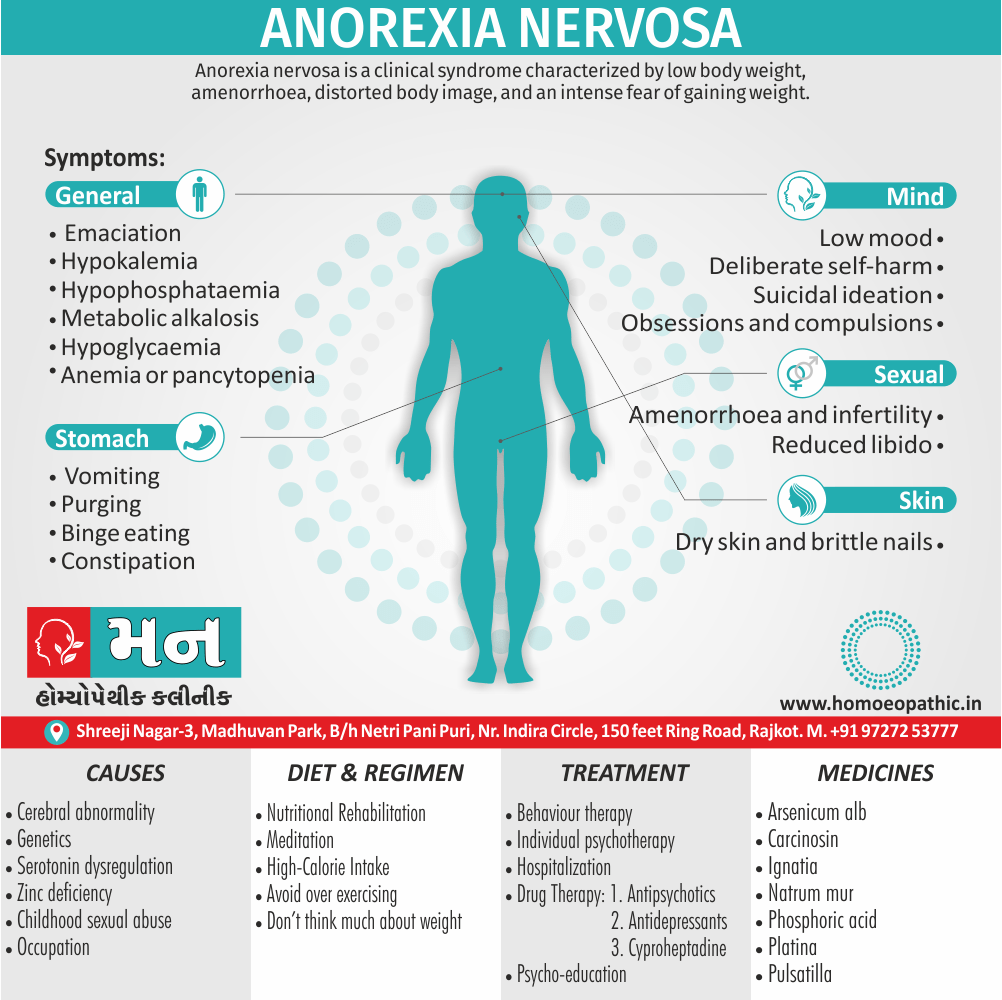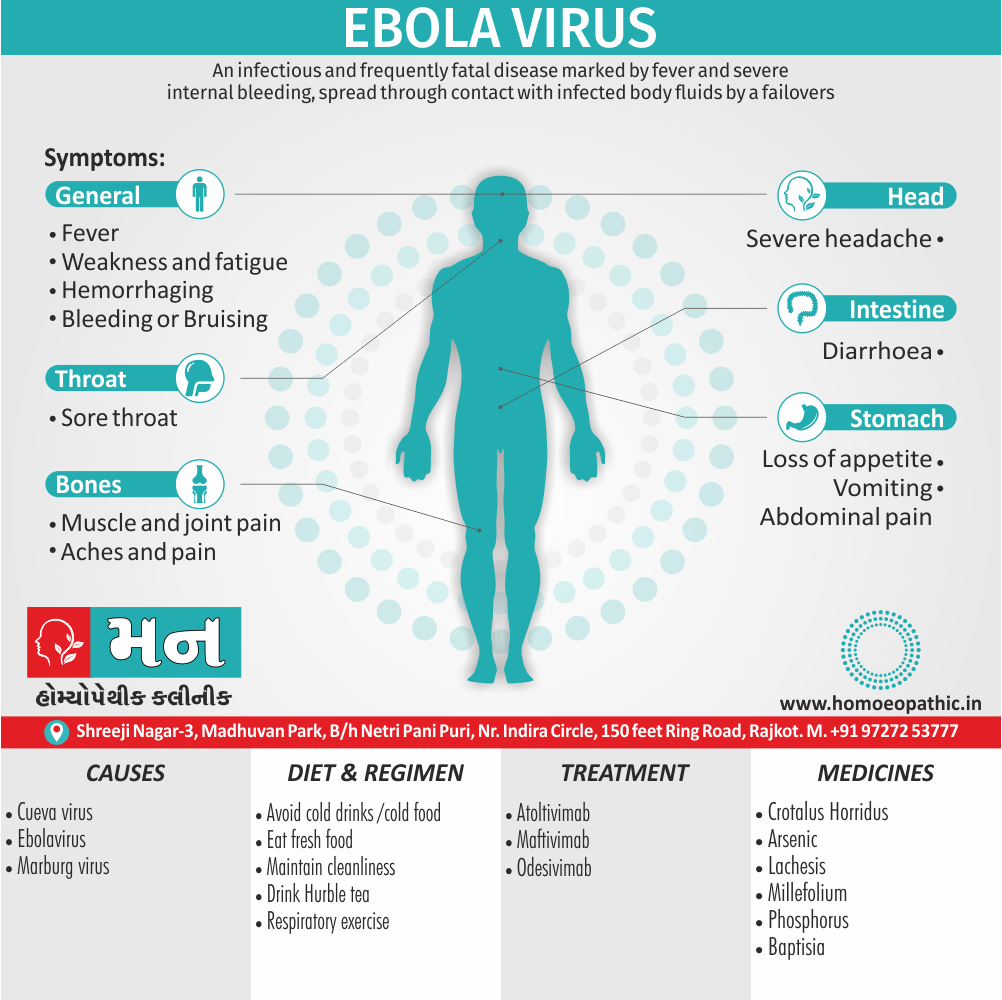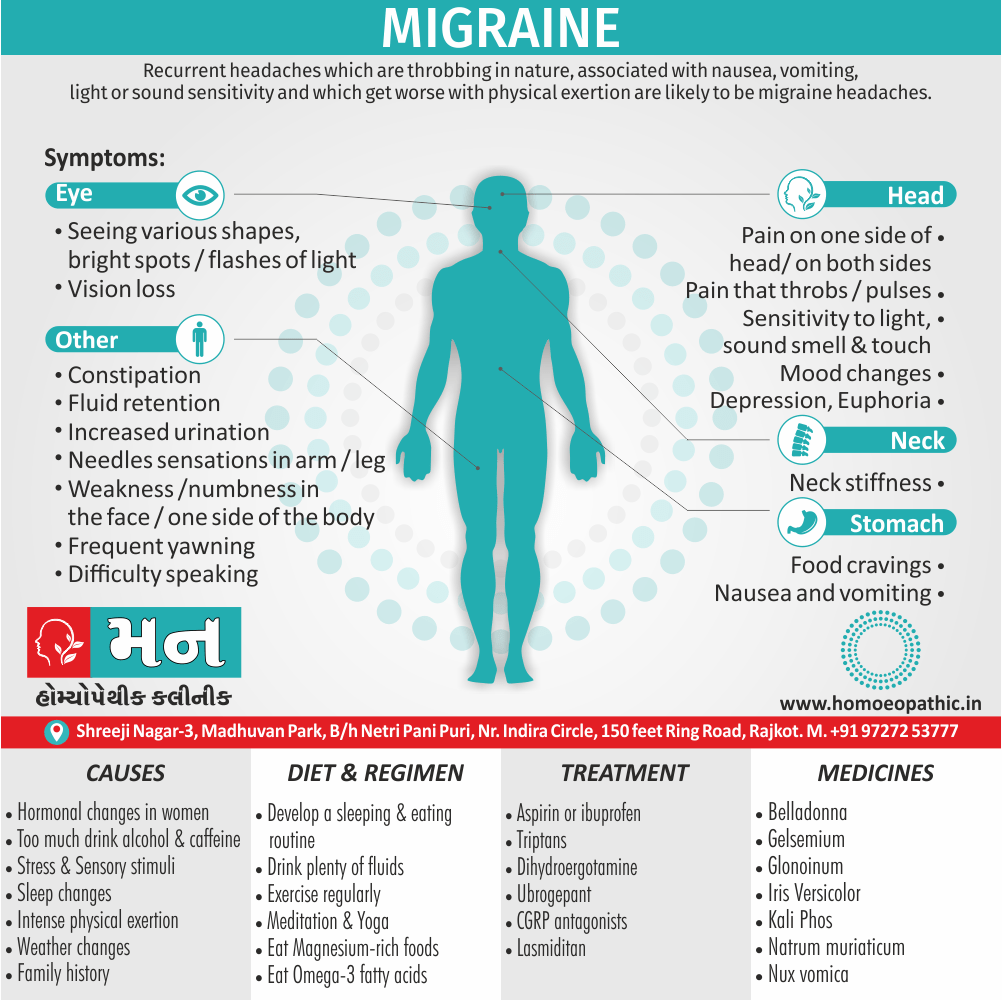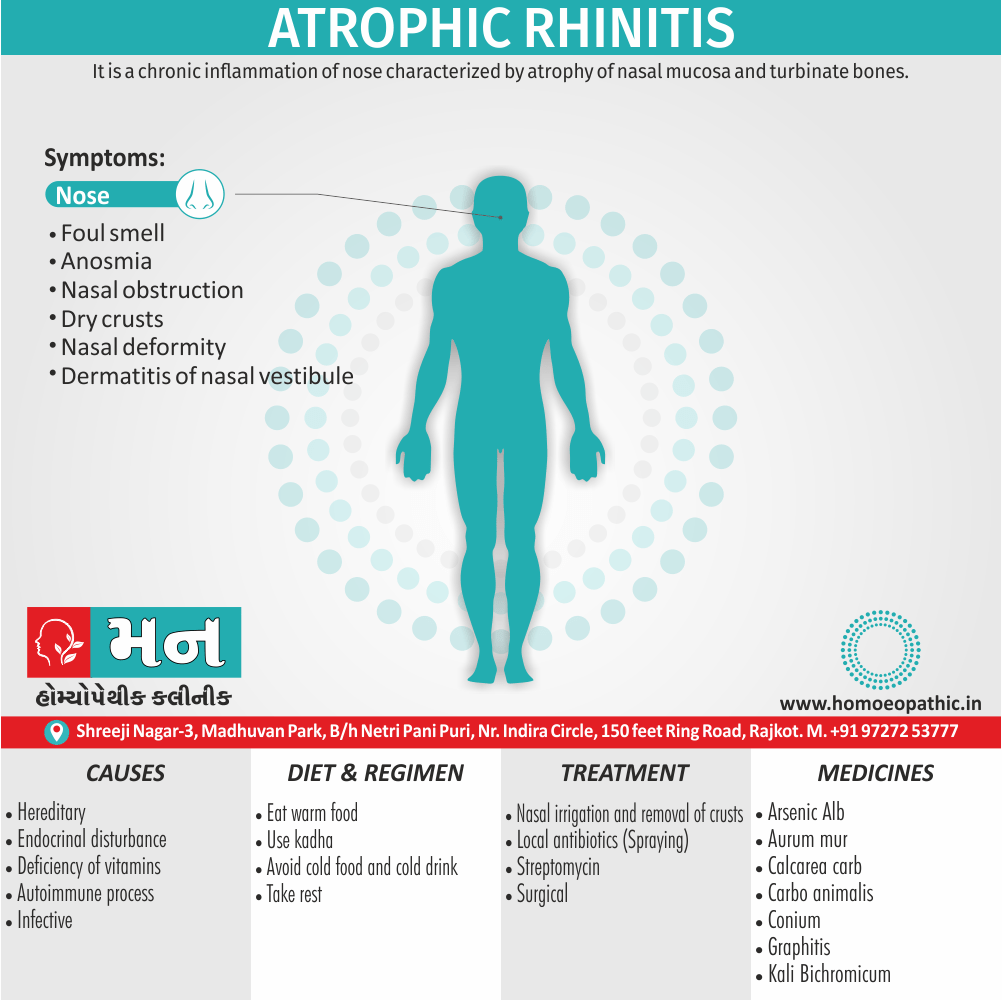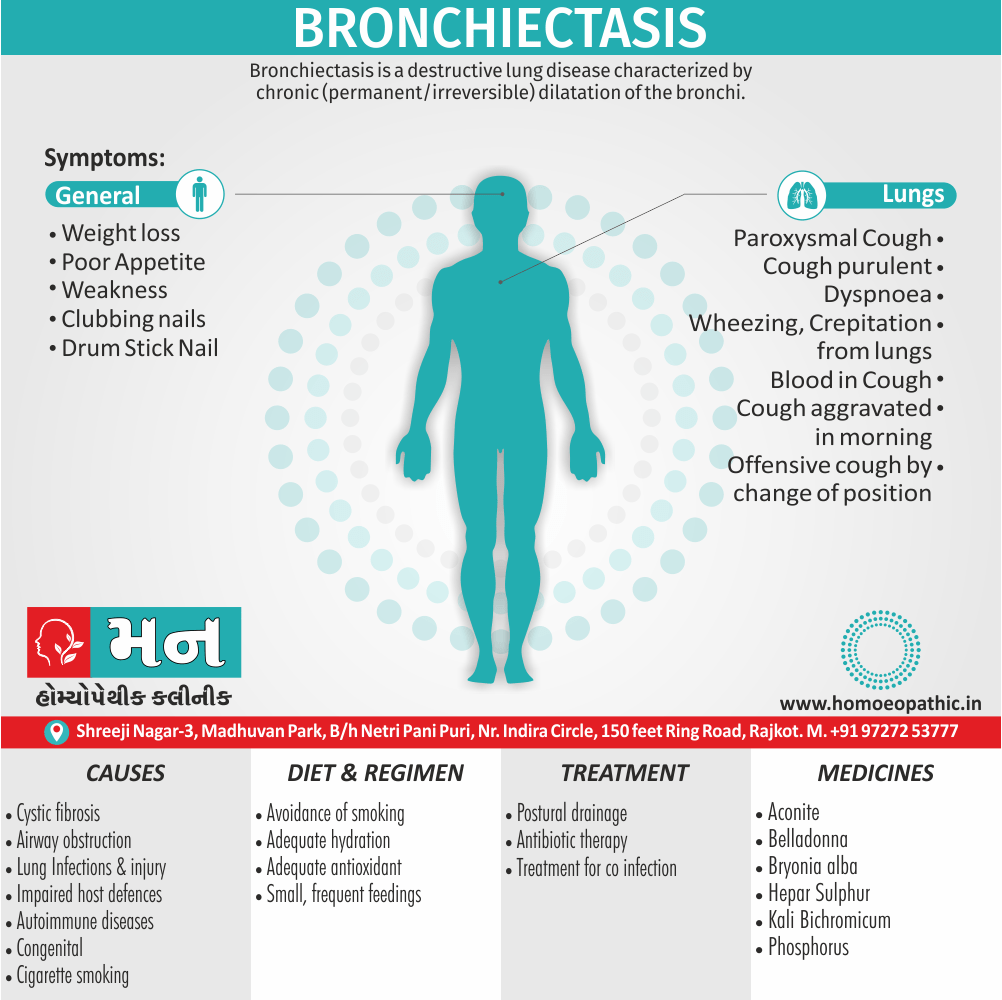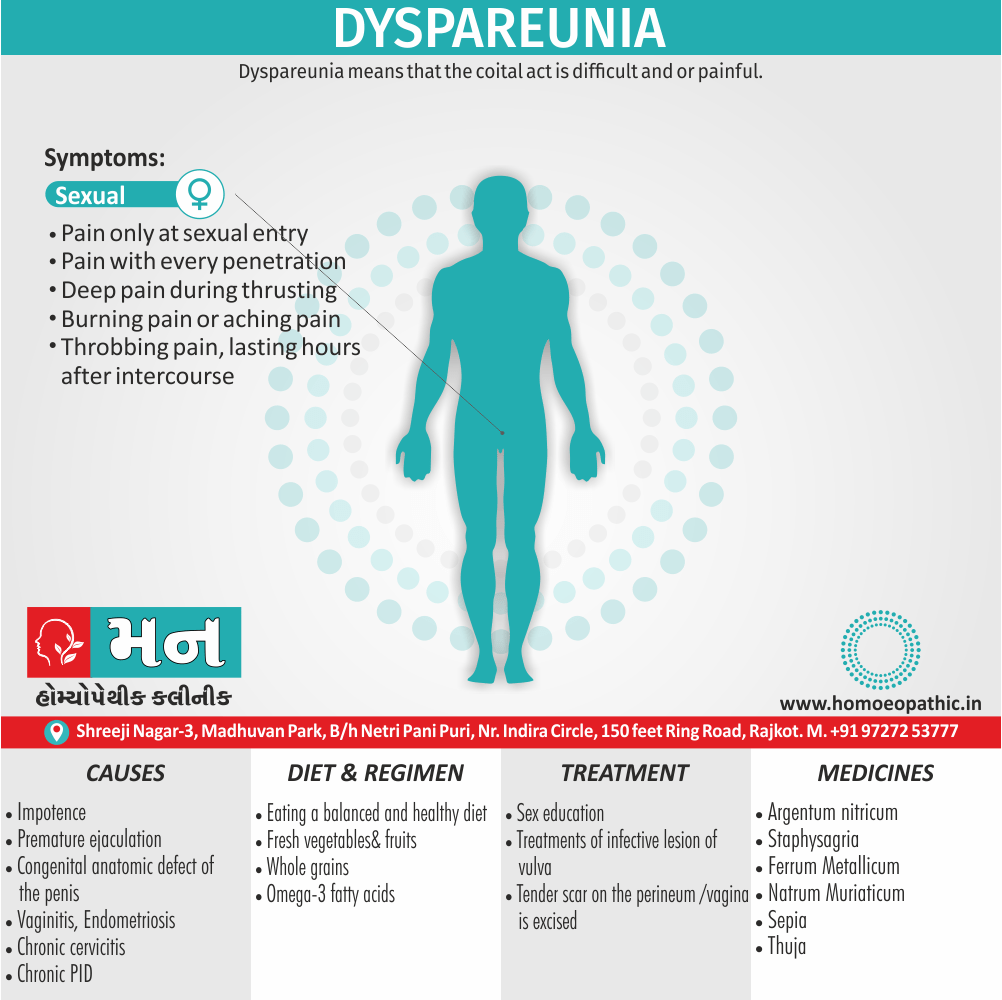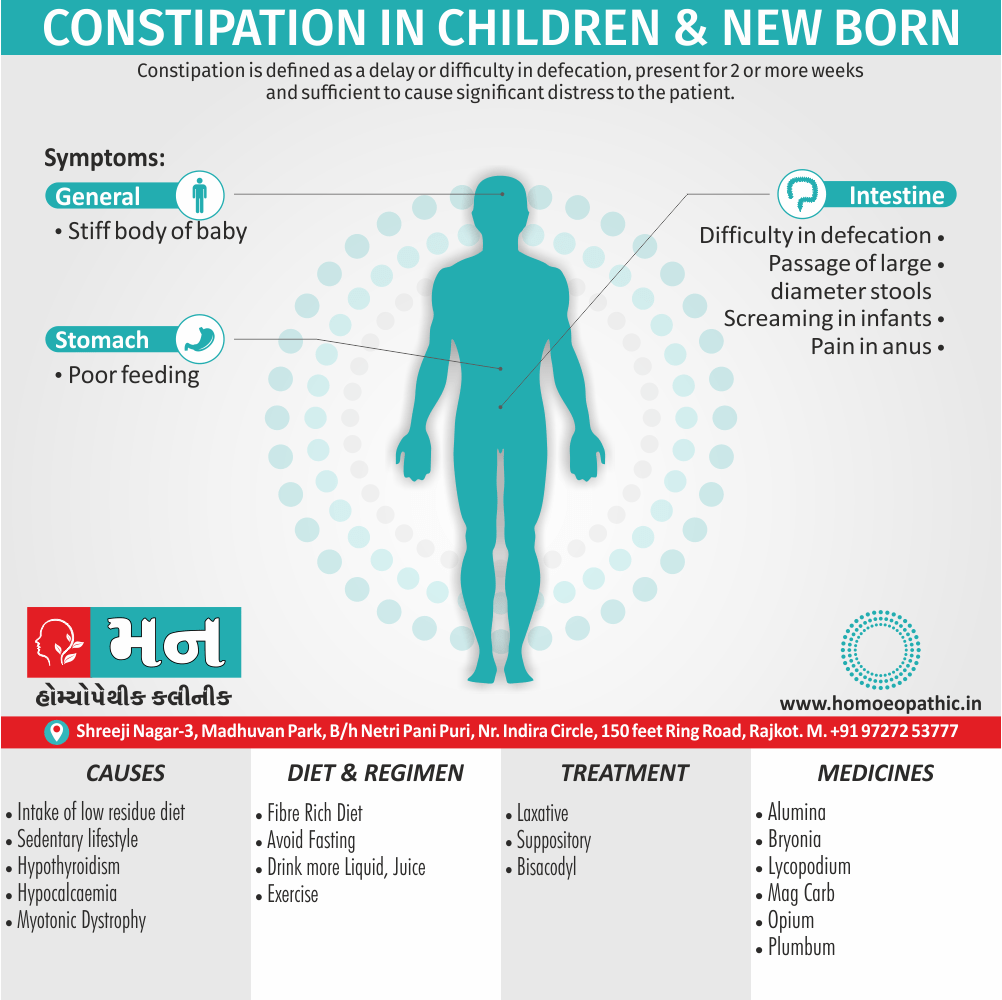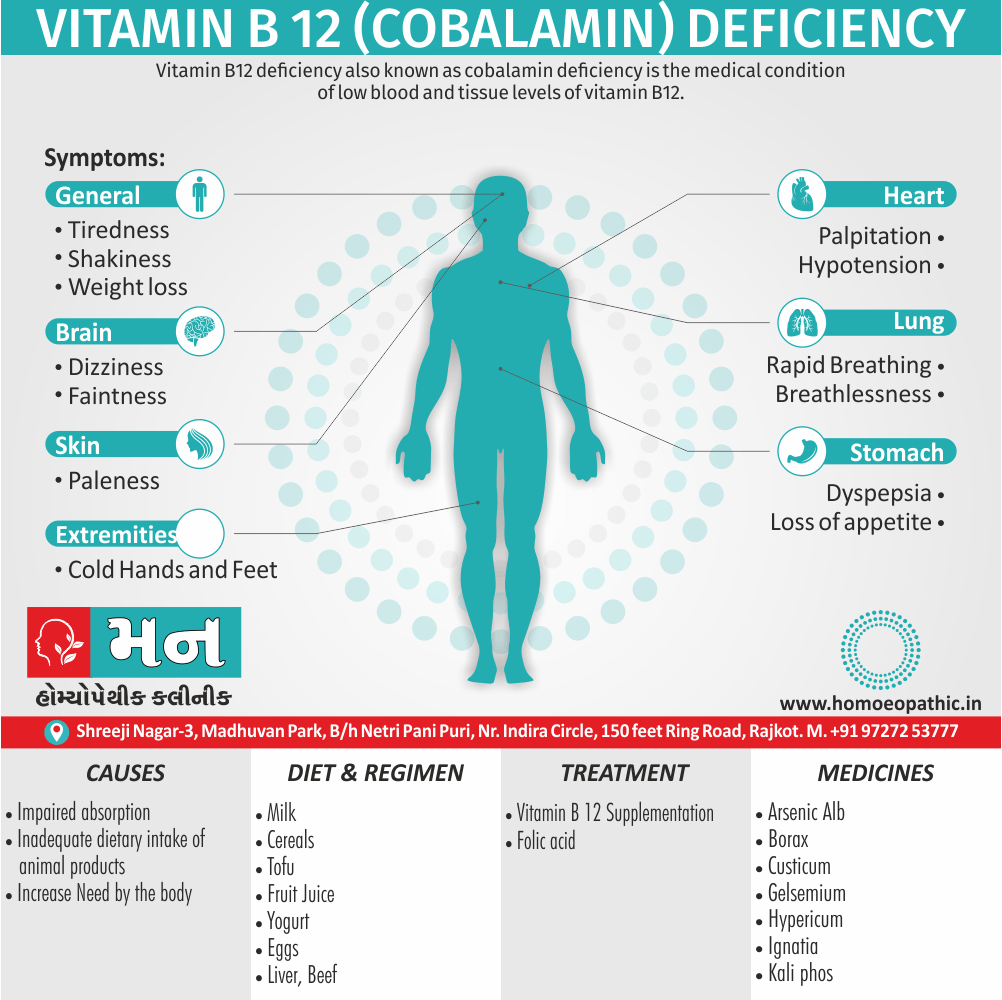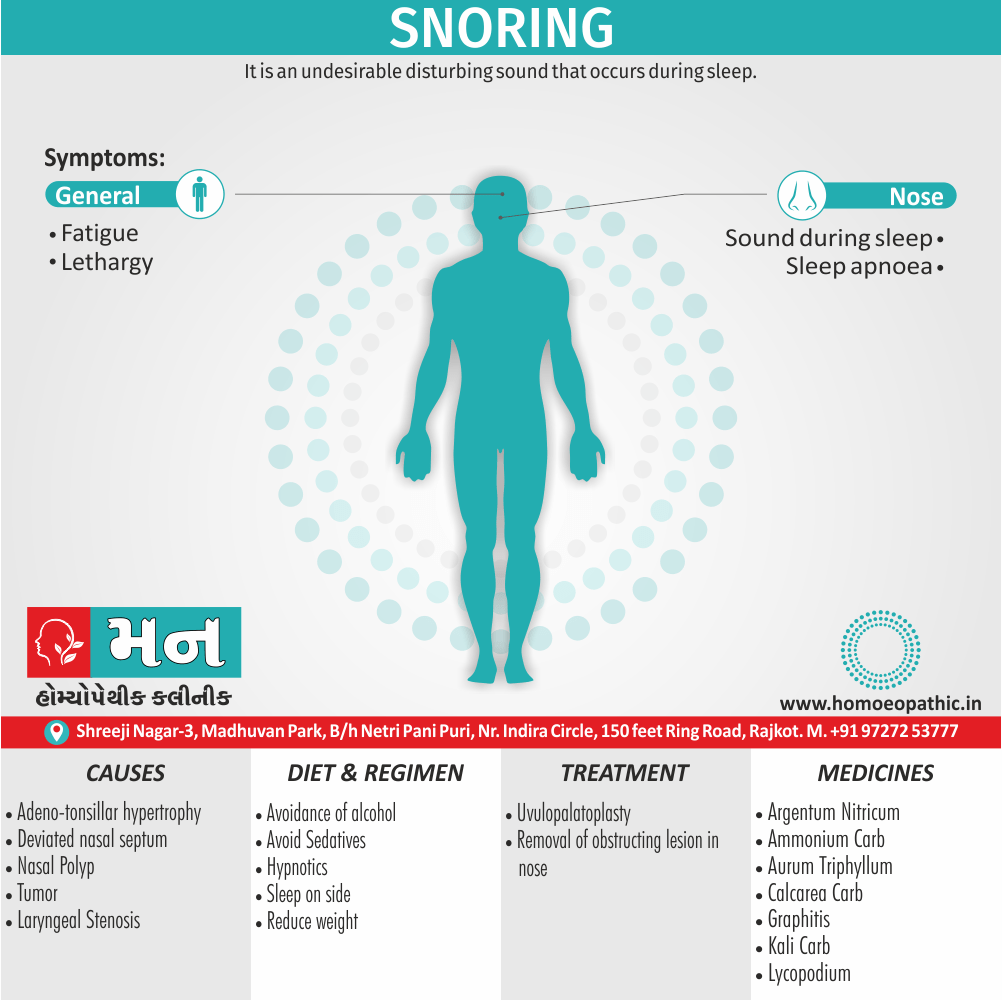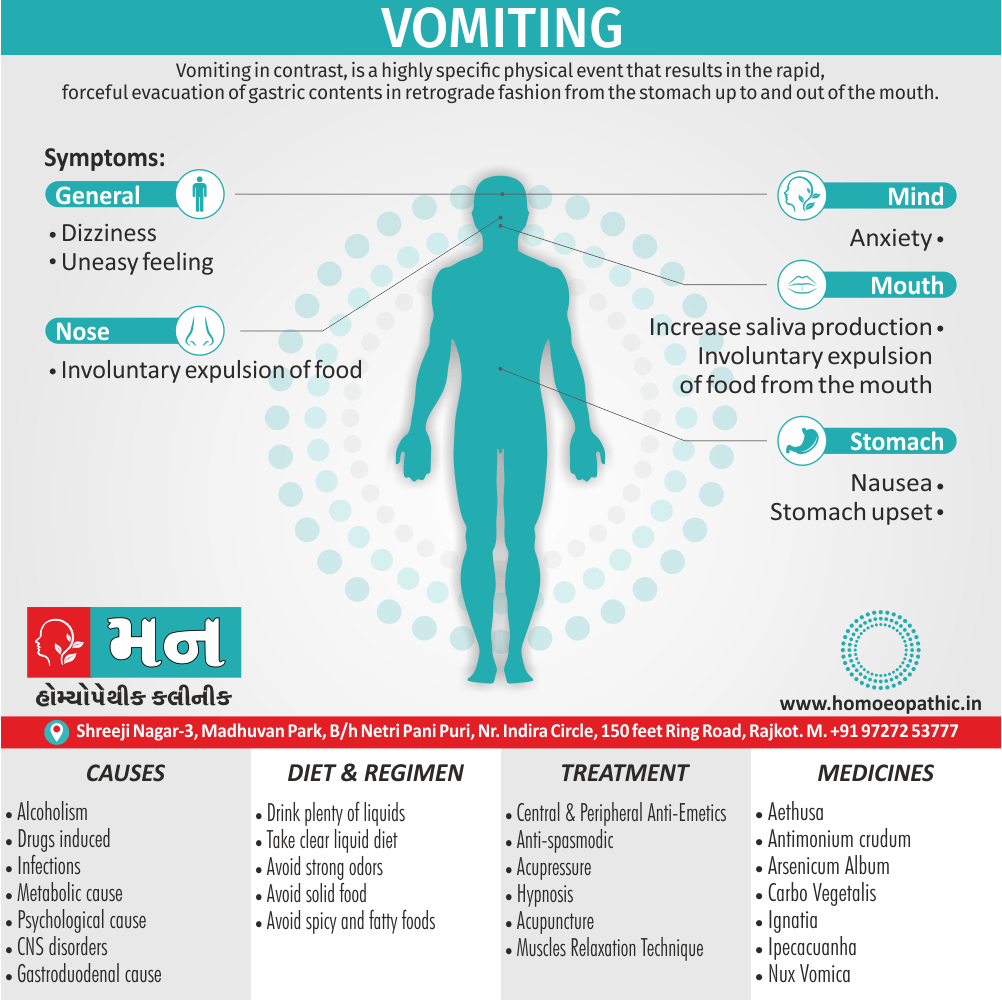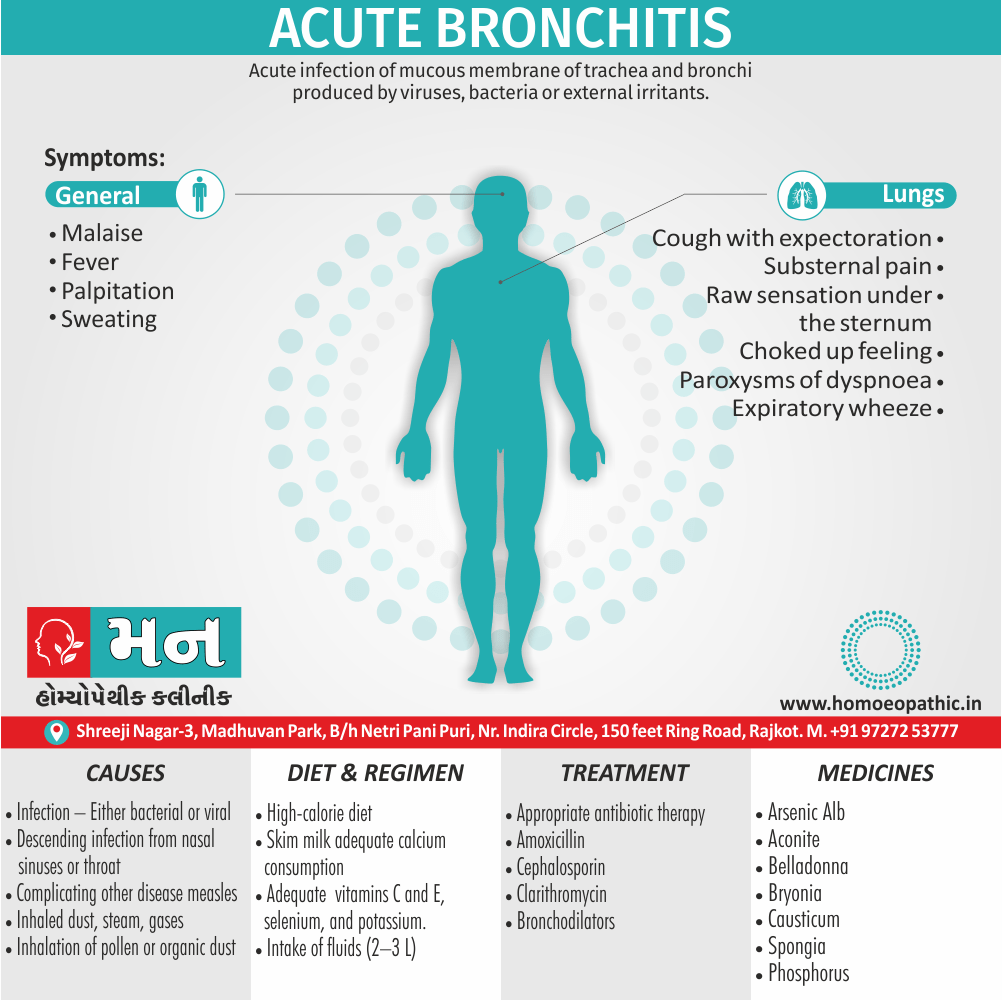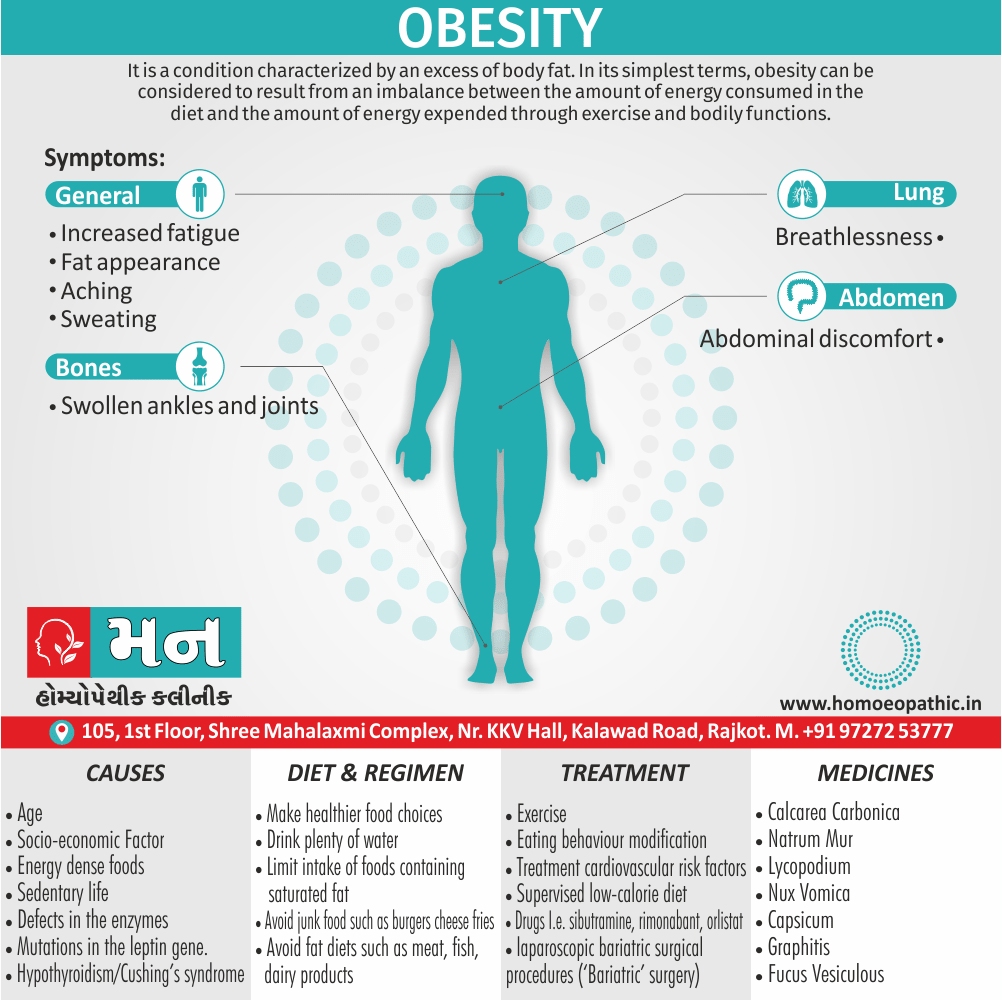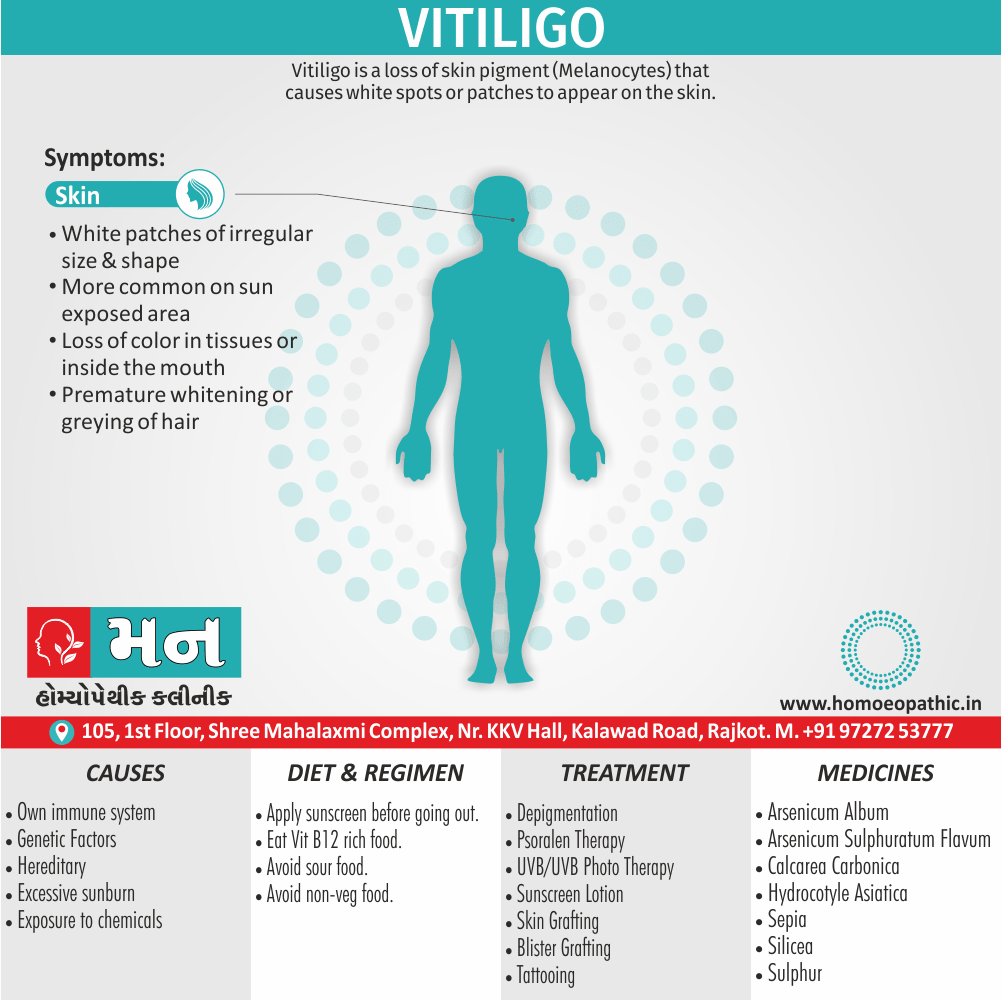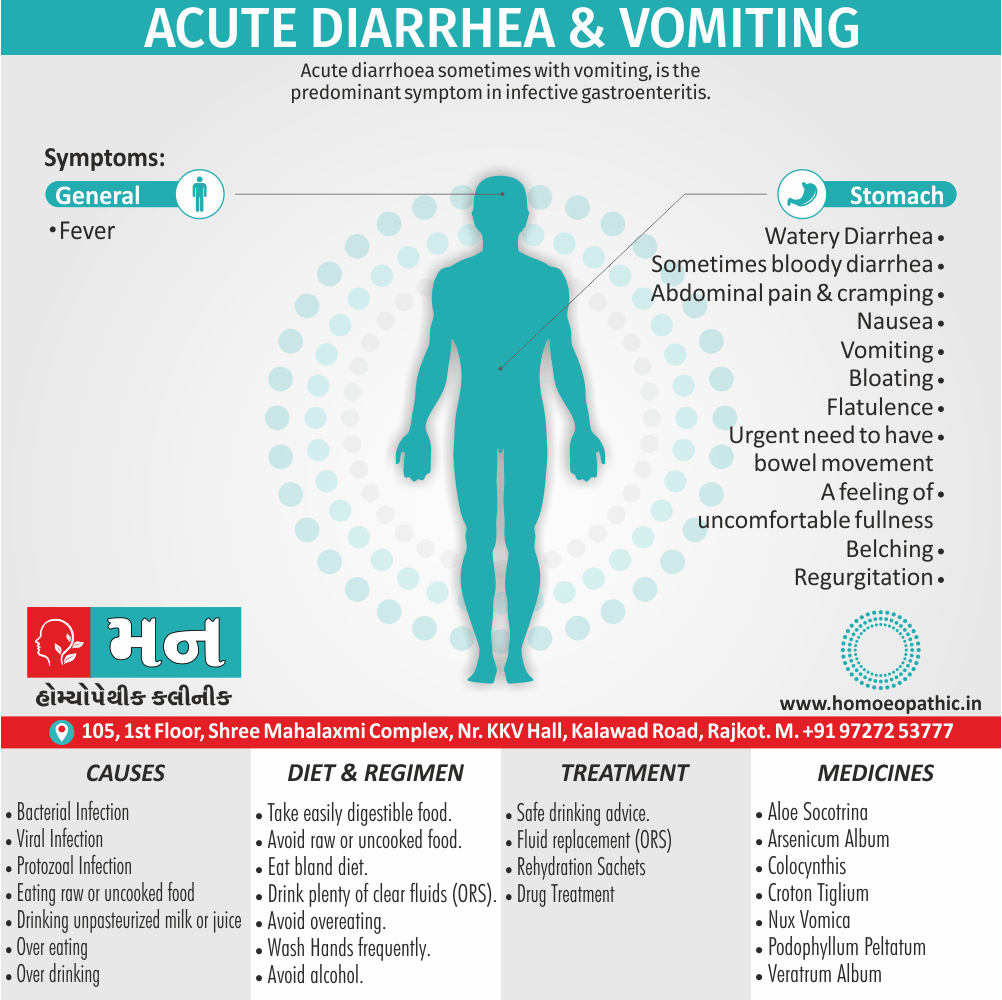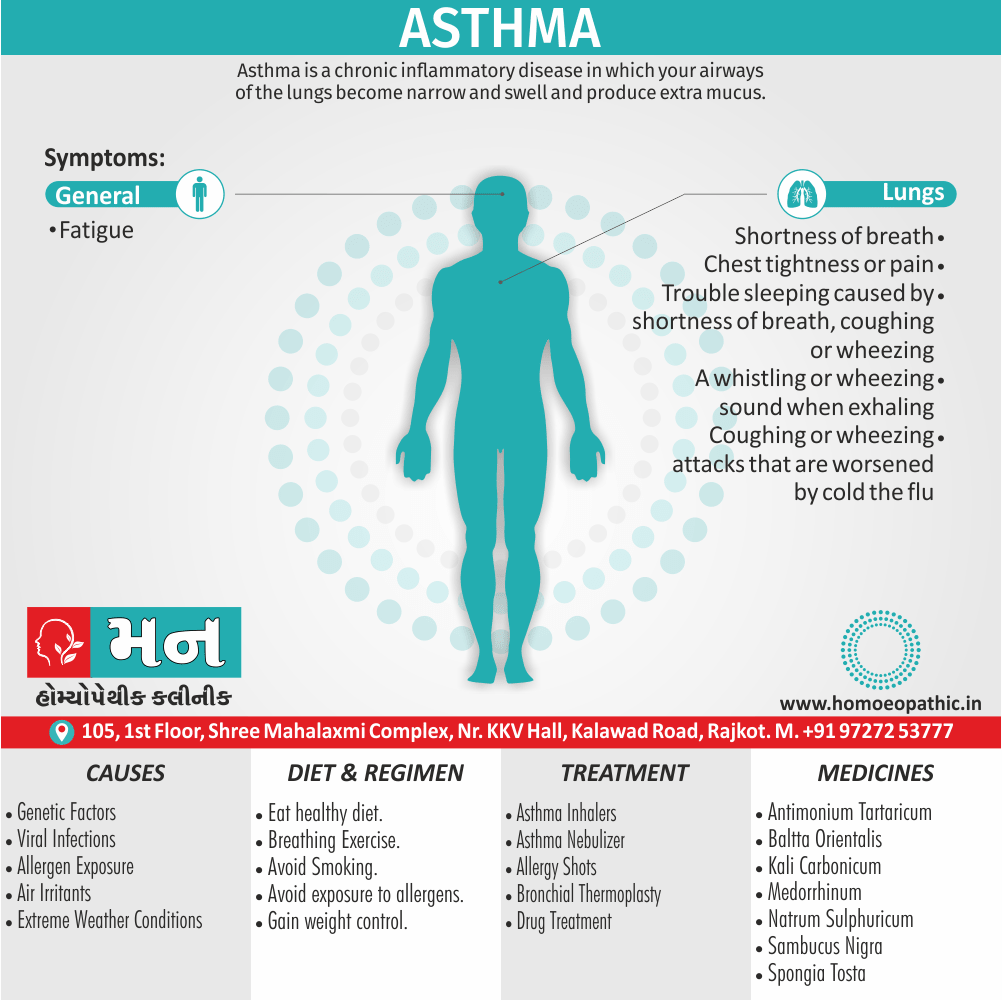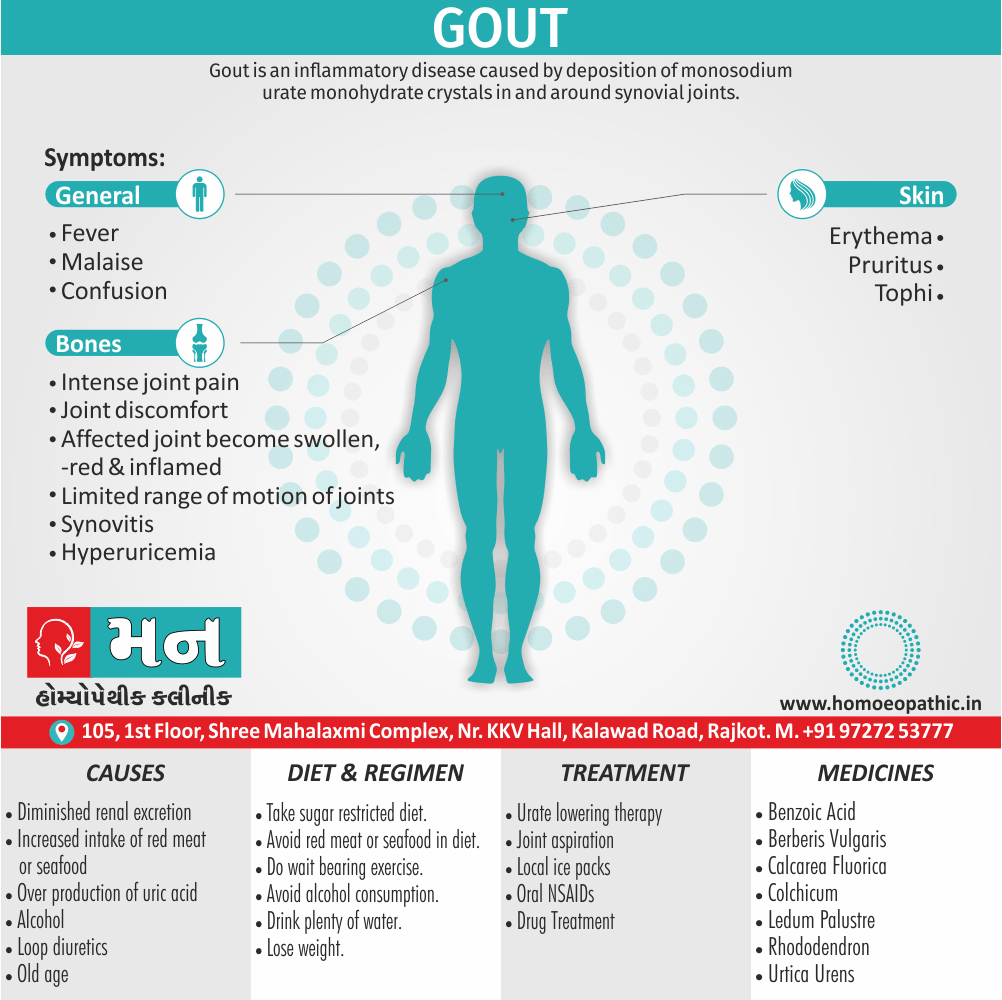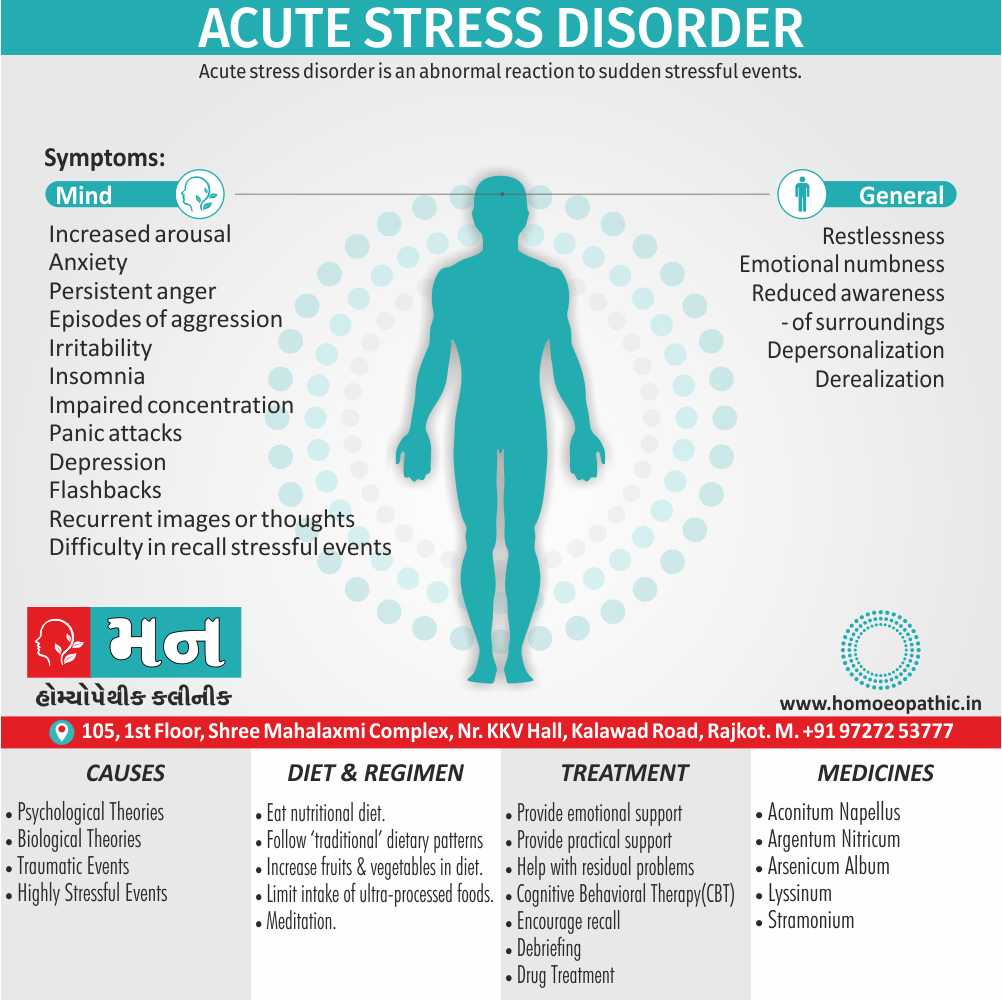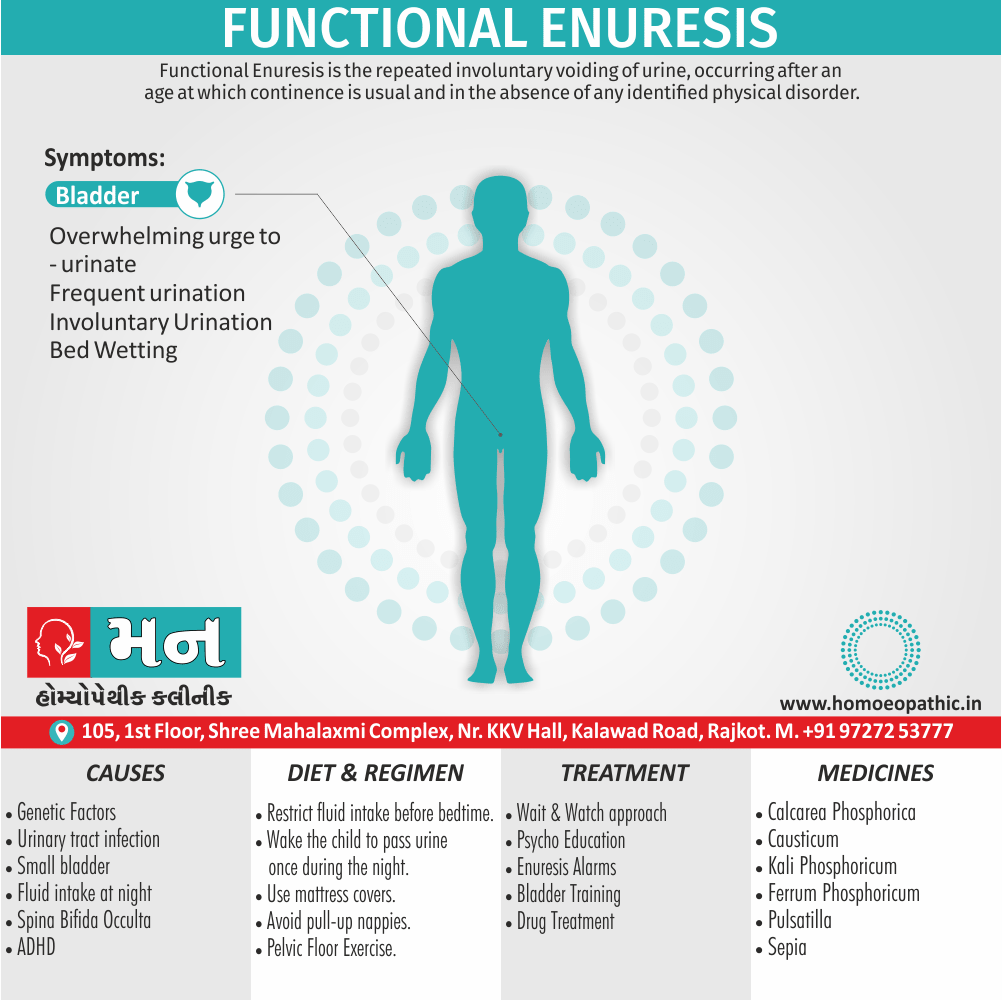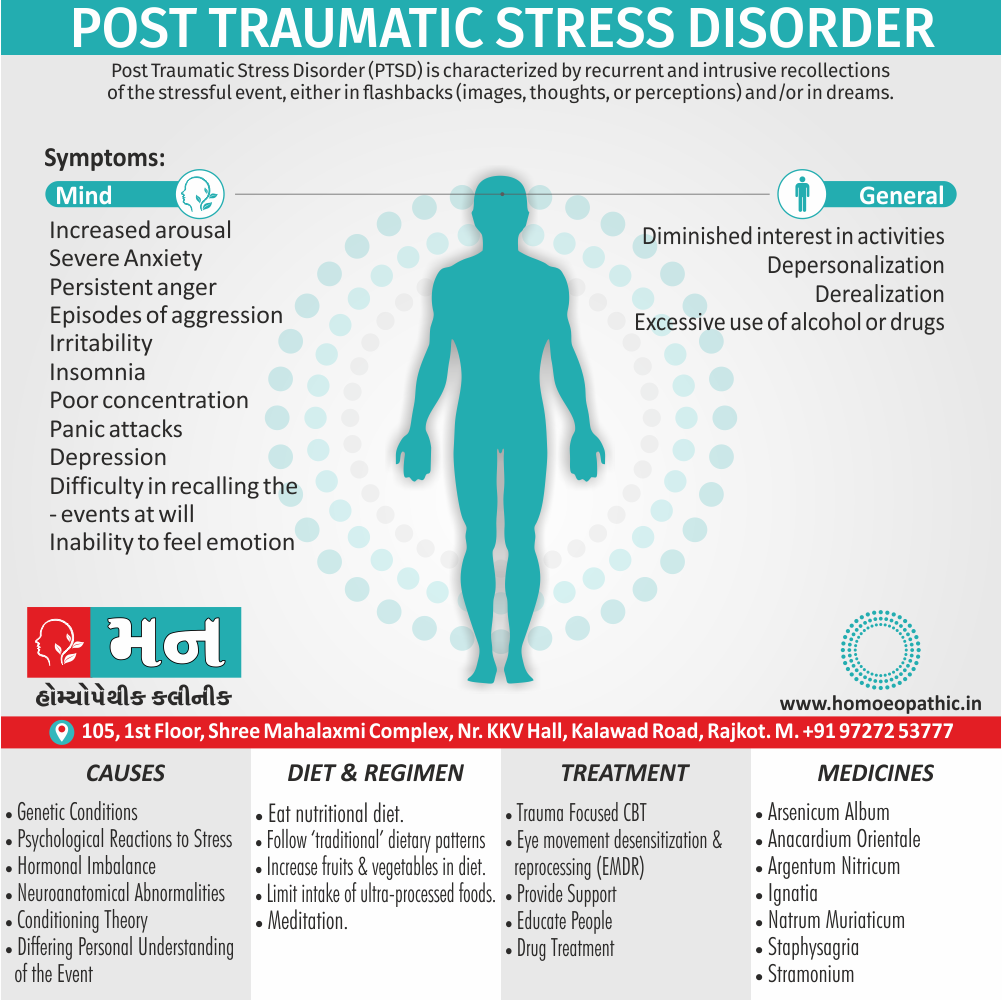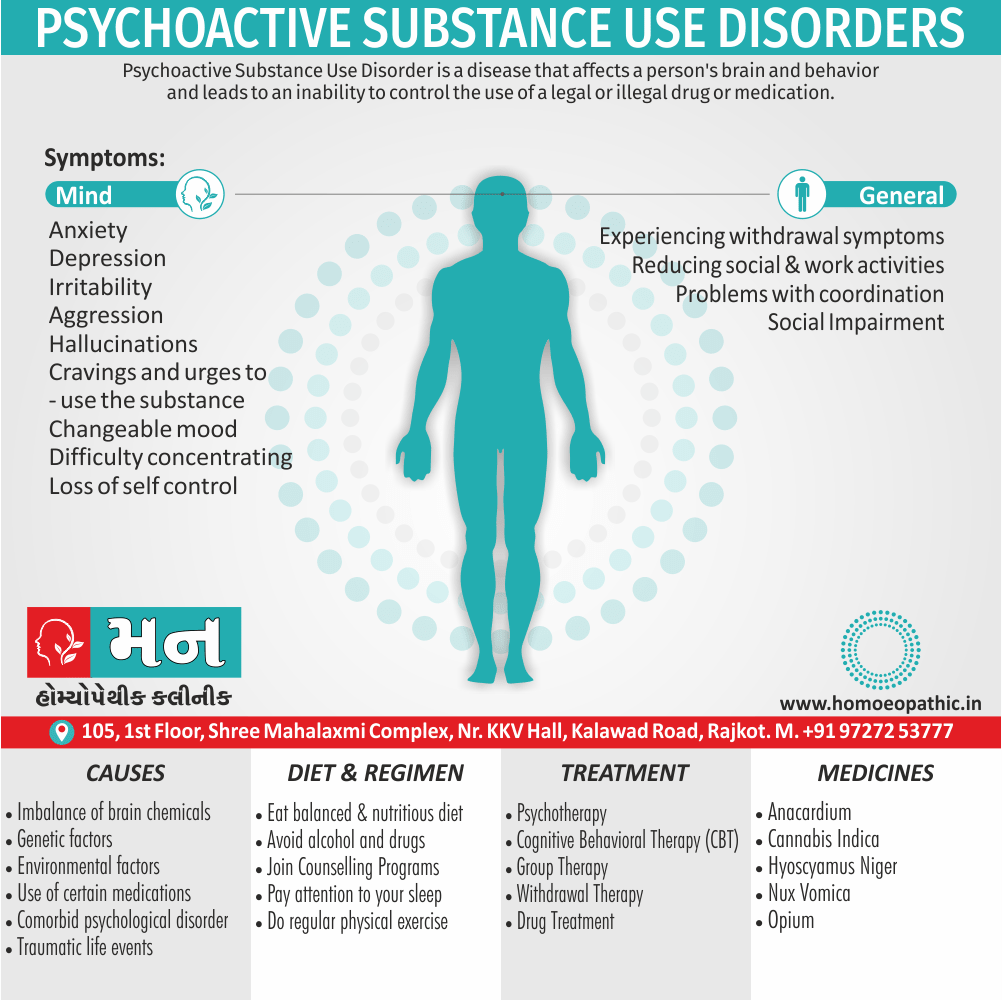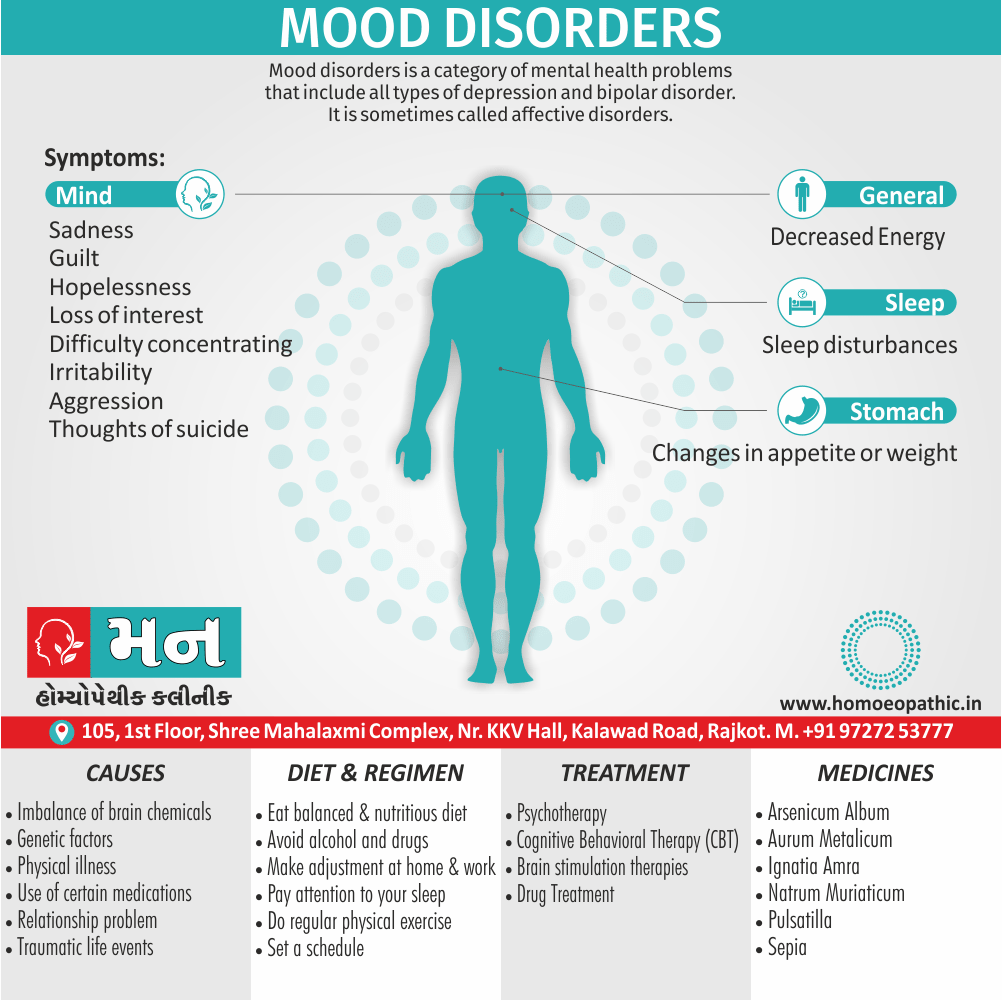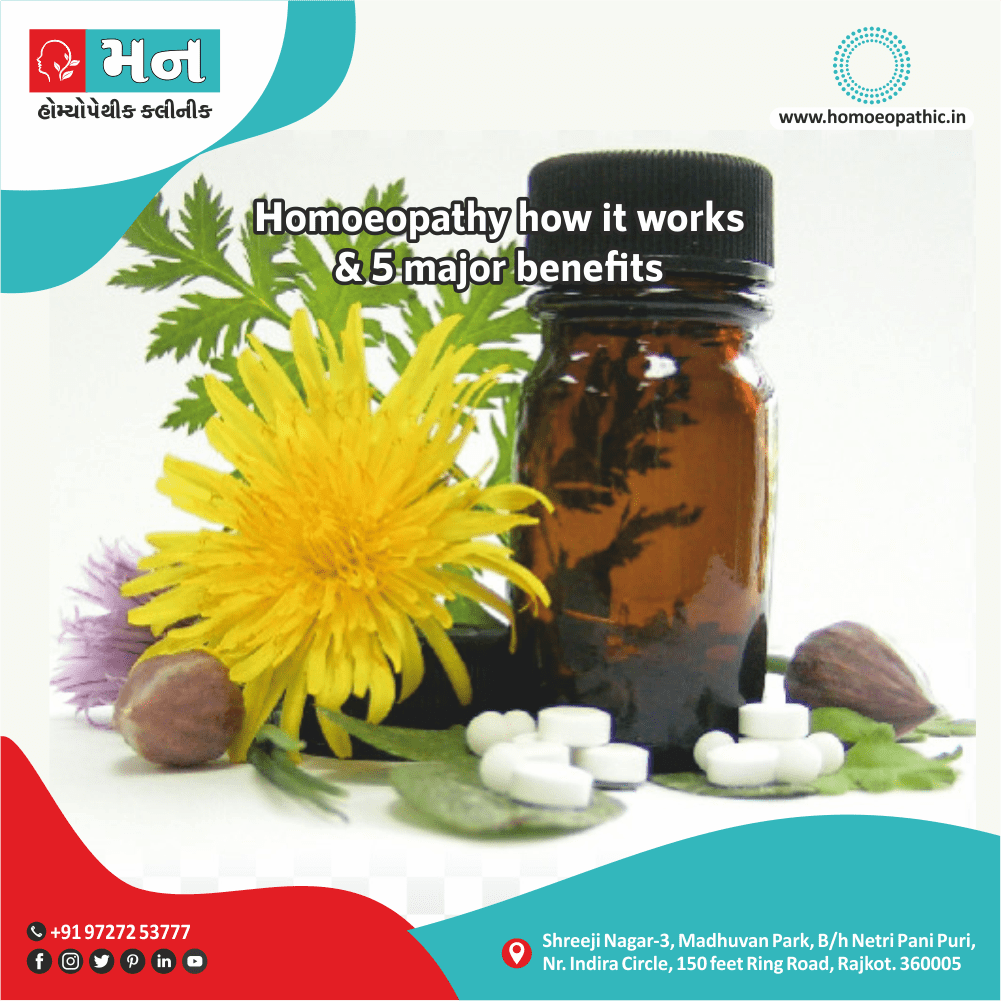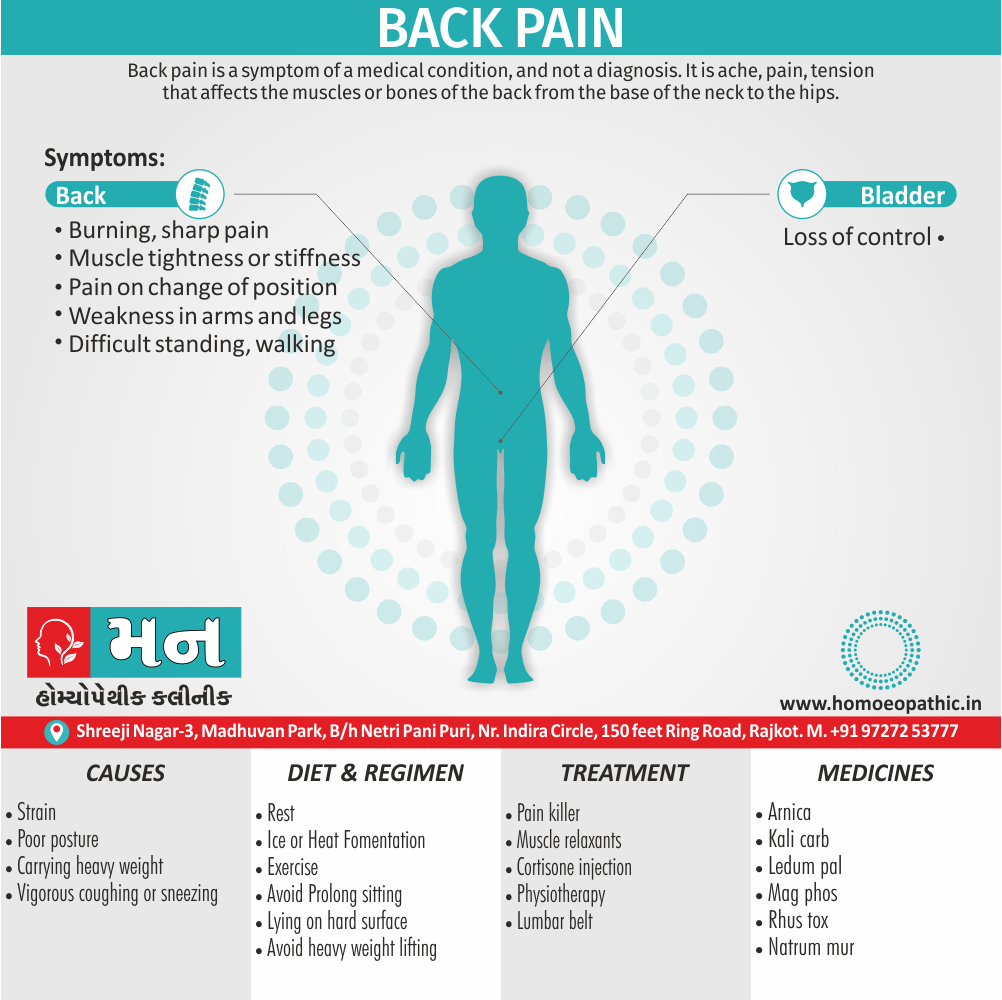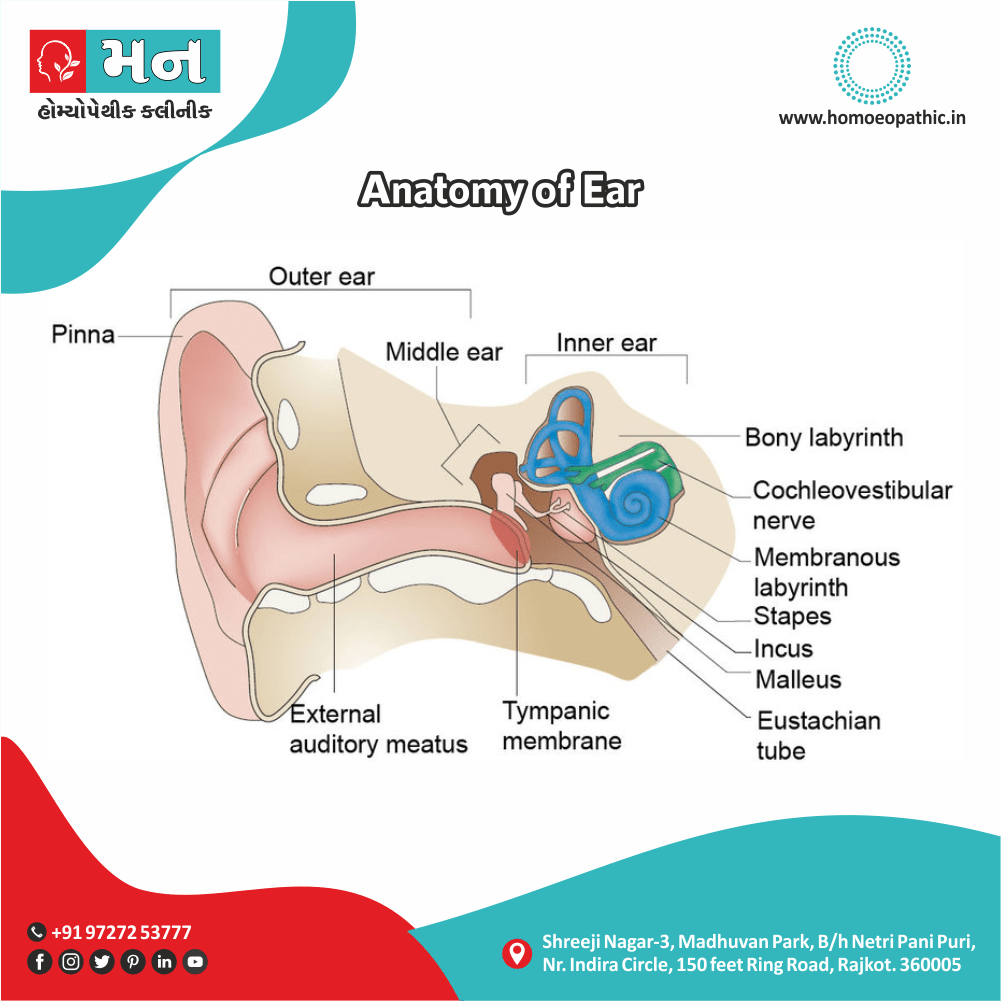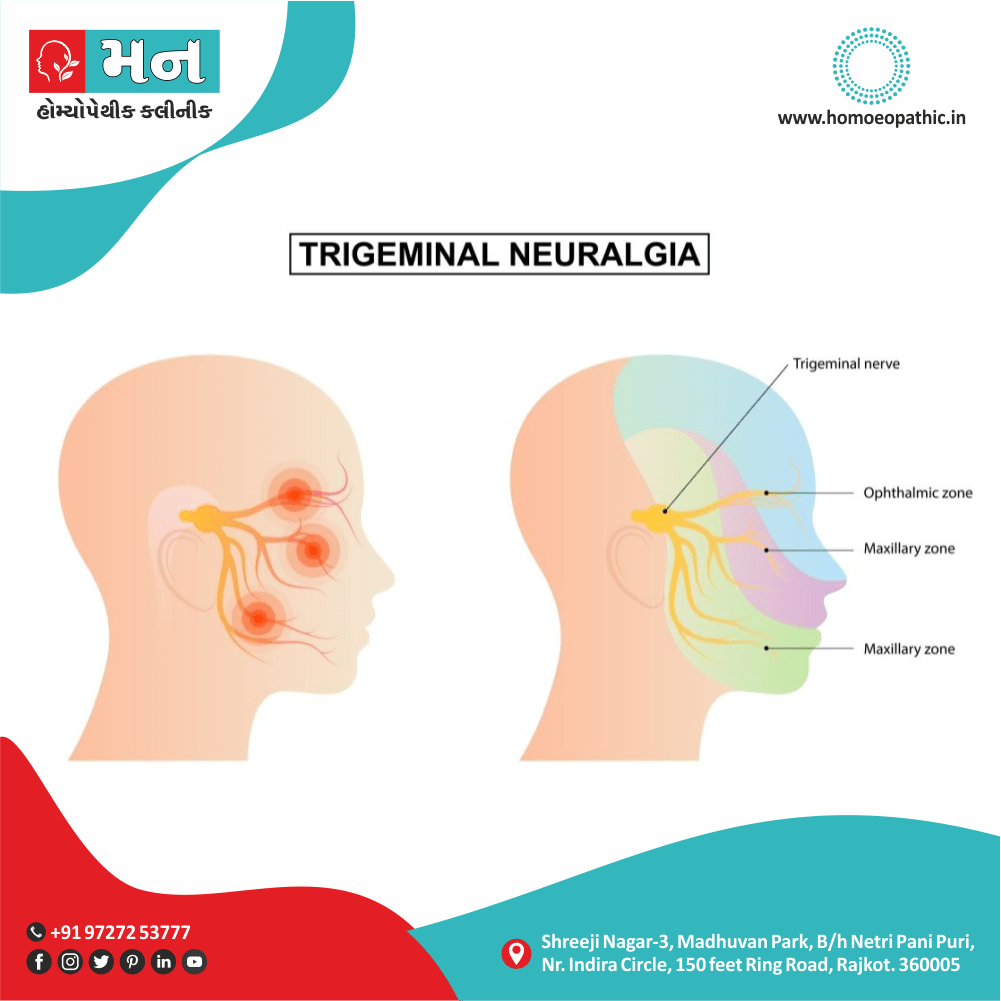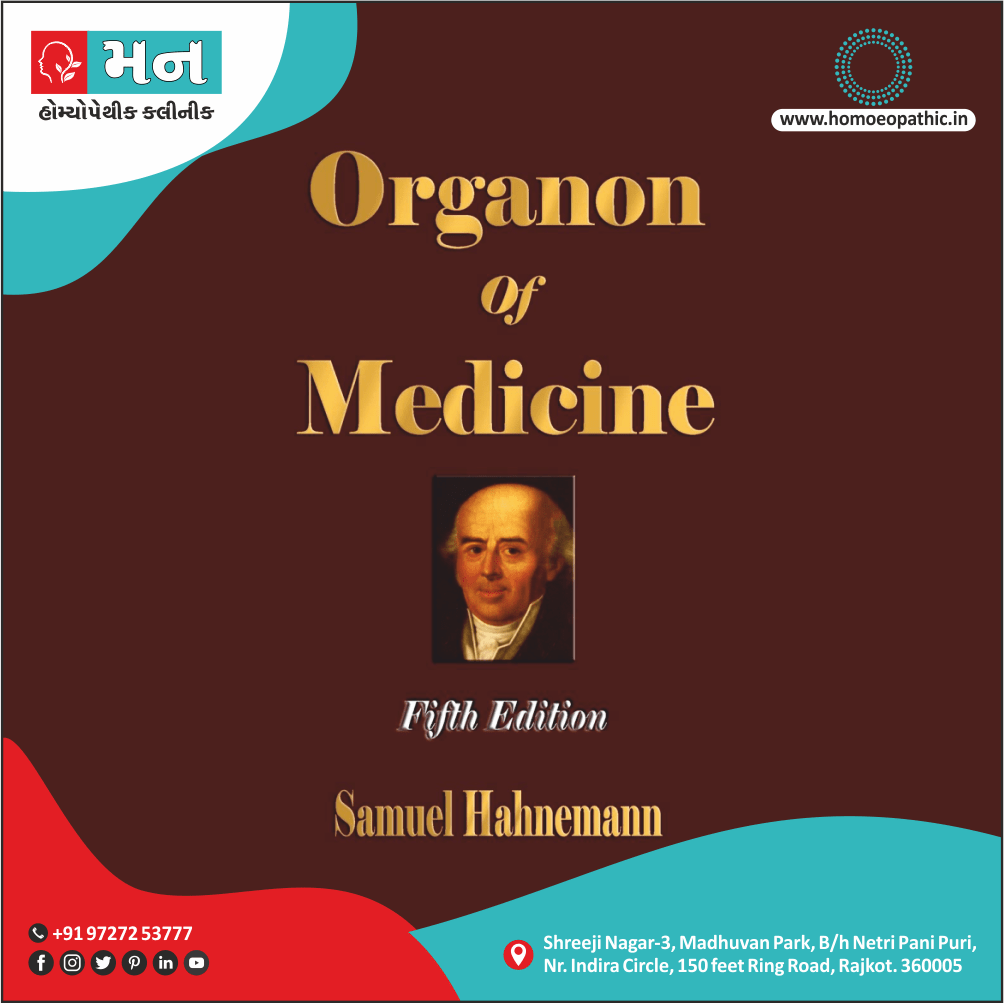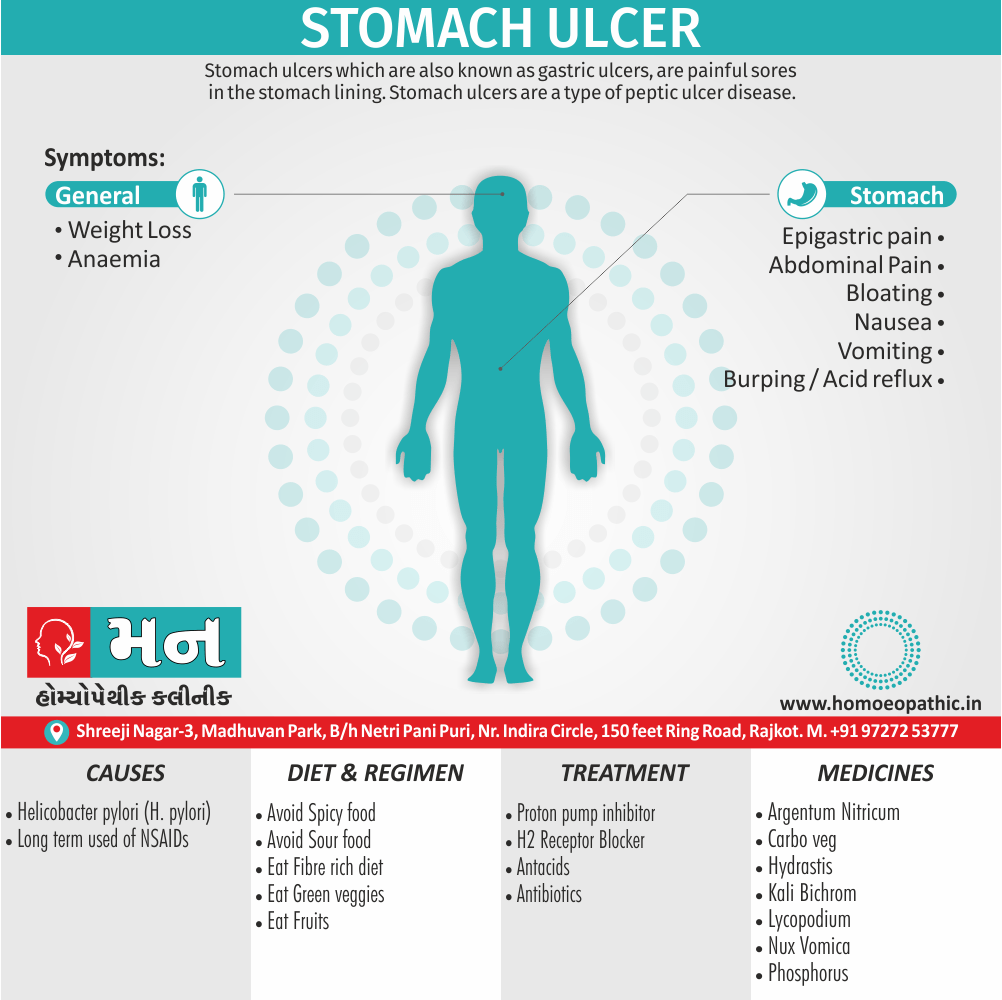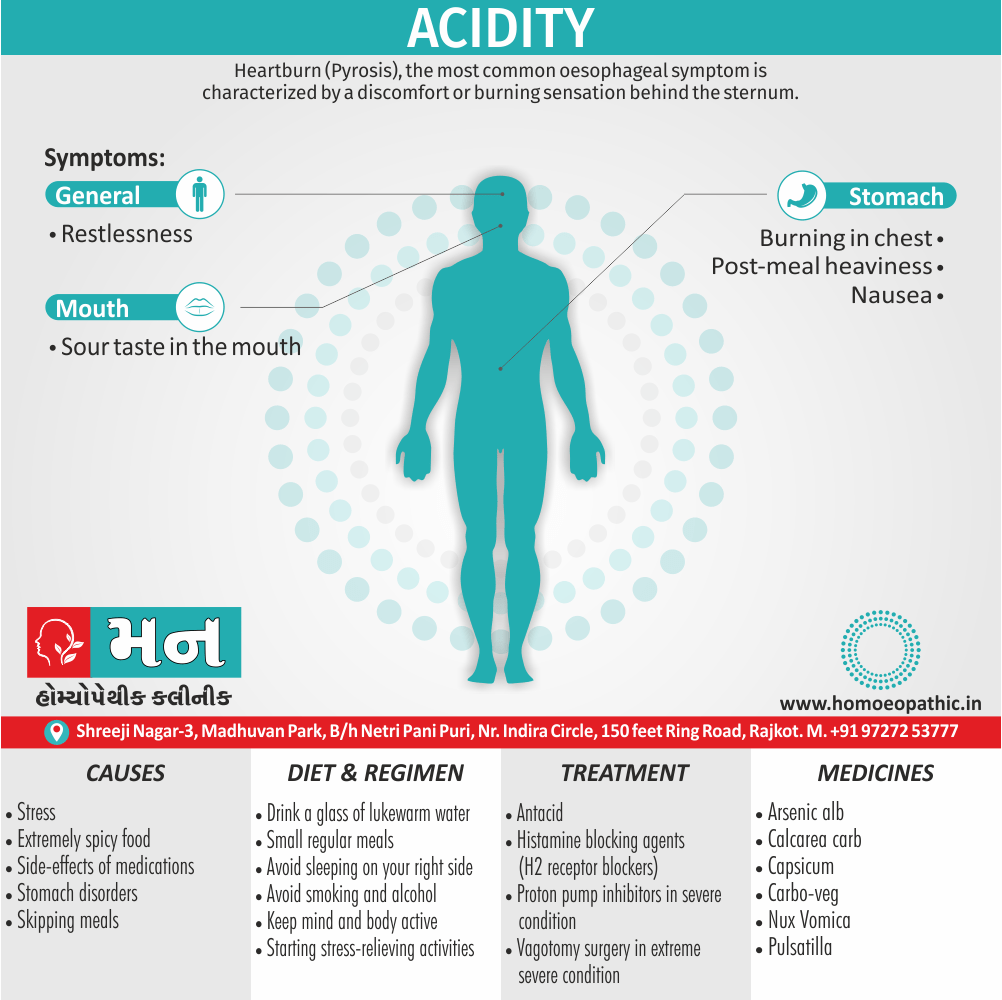Definition:
Tuberculosis (TB), which is caused by bacteria of the Mycobacterium tuberculosis complex, is one of the oldest diseases known to affect humans. [1]
Overview of Tuberculosis
- A major cause of death worldwide. Recent population genomic studies suggest that M. tuberculosis may have emerged ~70,000 years ago in Africa and subsequently disseminated along with anatomically modern humans, expanding globally during the Neolithic Age as human density started to increase.
- Progenitors of M. tuberculosis are likely to have 202 Section 8 Mycobacterial Diseases affected prehominids.
- This disease most often affects the lungs, although other organs are involved in up to one-third of cases.
- More than 5.7 million new cases of TB (all forms, both pulmonary and extrapulmonary) were reported to the World Health Organization (WHO) in 2013; 95% of cases were reported from developing countries. [1]
Causes of Tuberculosis
- The most common and important agent of human disease is M. tuberculosis.
Complex includes i.e.:
- M. bovis
- M. caprae
- M. africanum
- M. microti
- M. Pinni pedii
- Tuberculosis is a rod-shaped, non-spore-forming, thin aerobic bacterium measuring 0.5 μm by 3 μm.
- Another molecule in the mycobacterial cell wall, lipoarabinomannan, is involved in the pathogen–host interaction and facilitates the survival of M. tuberculosis within macrophages. [1]
Pathophysiology of Tuberculosis
From exposure to infection
- In general, Tuberculosis is most commonly transmitted from a person with infectious pulmonary TB by droplet nuclei, which are aerosolized by coughing, sneezing, or speaking.
- Furthermore, The tiny droplets dry rapidly; the smallest (<5-10 μm in diameter) may remain suspended in the air for several hours and may reach the terminal air passages when inhaled.
- There may be as many as 3000 infectious nuclei per cough.
- Besides this, Age is an important determinant of the risk of disease after infection.
- Among infected persons, the incidence of TB is highest during late adolescence and early adulthood; additionally the reasons are unclear.
- Lastly, The incidence among women peaks at 25–34 years of age. [1]
Sign & Symptoms of Tuberculosis
- Coughing for either three or more weeks
- Coughing up either blood or mucus
- Chest pain, or pain with breathing or coughing
- Unintentional weight loss
- Fatigue
- Fever
- Night sweats
- Chills
- Loss of appetite
- Tuberculosis can also affect other parts of your body, including the kidneys, spine or brain.
- When TB occurs outside your lungs, signs and symptoms vary according to the organs involved.
- For example, tuberculosis of the spine might cause back pain, and tuberculosis in your kidneys might cause blood in your urine. [1]
Types of Tuberculosis
TB is classified as pulmonary, extrapulmonary, or both.
1. Firstly, Pulmonary TB
- Pulmonary TB is conventionally categorized as primary or post primary (adult-type, secondary). pulmonary TB result from recent infection (either primary infection or reinfection) and not from reactivation.
2. Secondly, Extrapulmonary TB
- In order of frequency, the extrapulmonary sites most commonly involved in TB are the lymph nodes, pleura, genitourinary tract, bones and joints, meninges, peritoneum, and pericardium. However, virtually all organ systems may be affected.
Lymph Node TB (in other words, Tuberculous Lymphadenitis)
- The most common presentation of extrapulmonary TB in both HIV-seronegative and HIV-infected patients (35% of cases worldwide and more than 40% of cases in the United States in recent series)
- Once caused mainly by M. bovis, tuberculous lymphadenitis today is due largely to M. tuberculosis. Lymph node TB presents as painless swelling of the lymph nodes, most commonly at posterior cervical also supraclavicular sites (a condition historically referred to as scrofula).
TB of the Upper Airways
- Nearly always a complication of advanced cavitary pulmonary TB, TB of the upper airways may involve the larynx, pharynx, and epiglottis.
- Moreover, Symptoms include hoarseness, dysphonia, and dysphagia in addition to chronic productive cough. Findings depend on the site of involvement, and ulcerations may be seen on laryngoscopy.
Genitourinary TB
- Local symptoms predominate, and up to 75% of patients have chest radiographic abnormalities suggesting previous or concomitant pulmonary disease.
- Urinary frequency, dysuria, nocturia, haematuria, and flank or abdominal pain are common presentations. However, patients may be asymptomatic and their disease discovered only after severe destructive lesions of the kidneys have developed.
Skeletal TB
- In the United States, TB of the bones also joints is responsible for ~10% of extrapulmonary cases.
- In bone and joint disease, pathogenesis is related to reactivation of hematogenous foci or to spread from adjacent paravertebral lymph nodes.
- Weight-bearing joints (the spine in 40% of cases, the hips in 13%, and the knees in 10%) are most commonly affected. [1]
Complications of Tuberculosis
- TB may cause persisting pulmonary damage in patients whose infection has been considered cured on clinical grounds.
- Chronic impairment especially of lung functions, bronchiectasis, aspergillomas, and chronic pulmonary aspergillosis (CPA) have been associated with TB. [1]
Diagnosis of Tuberculosis
- Classic chest radiograph showing upper-lobe infiltrates with cavities
- On the other hand, the diagnosis can easily be missed in an older people nursing home resident or a teenager with a focal infiltrate.
- AFB Microscopy
- Nucleic Acid Amplification Technology
- Mycobacterial Culture
- Drug Susceptibility Testing
- Radiographic Procedures
- Tuberculin Skin Testing
- IFN-γ Release Assays [1]
Treatment of Tuberculosis
The two aims of TB treatment are i.e.:
(1) Firstly, To prevent morbidity and death by curing TB while preventing the emergence of drug resistance
(2) Secondly, To interrupt transmission by rendering patients non infectious. Chemotherapy for TB became possible with the discovery of streptomycin in 1943.
- Administration of streptomycin to patients with chronic TB reduced mortality rates also led to cure in the majority of cases.
- DRUGS Four major drugs are considered first-line agents for the treatment of TB: for example isoniazid, rifampicin, pyrazinamide, and ethambutol
(1) The fluoroquinolone antibiotics
(2) The injectable aminoglycosides kanamycin, amikacin, also streptomycin
(3) The injectable polypeptide capreomycin; also the oral agents
(4) Ethionamide also prothionamide
(5) Cycloserine also terizidone (therizidone)
(6) PAS. [1]
Prevention of Tuberculosis
- The best way to prevent TB is to diagnose and isolate infectious cases rapidly and to administer appropriate treatment until patients are rendered non infectious (usually 2–4 weeks after the start of proper treatment) and the disease is cured.
- Additional strategies include BCG vaccination and treatment of persons with LTBI who are at high risk of developing active disease.
- BCG Vaccination
- BCG was derived from an attenuated strain of M. bovis and was first administered to humans in 1921. [1]
Homeopathic Treatment of Tuberculosis
Homeopathy treats the person as a whole. It means that homeopathic treatment focuses on the patient as a person, as well as his pathological condition. The homeopathic medicines selected after a full individualizing examination and case-analysis.
which includes
- The medical history of the patient,
- Physical and mental constitution,
- Family history,
- Presenting symptoms,
- Underlying pathology,
- Possible causative factors etc.
A miasmatic tendency (predisposition/susceptibility) also often taken into account for the treatment of chronic conditions.
What Homoeopathic doctors do?
A homeopathy doctor tries to treat more than just the presenting symptoms. The focus is usually on what caused the disease condition? Why ‘this patient’ is sick ‘this way’?.
The disease diagnosis is important but in homeopathy, the cause of disease not just probed to the level of bacteria and viruses. Other factors like mental, emotional and physical stress that could predispose a person to illness also looked for. No a days, even modern medicine also considers a large number of diseases as psychosomatic. The correct homeopathy remedy tries to correct this disease predisposition.
The focus is not on curing the disease but to cure the person who is sick, to restore the health. If a disease pathology not very advanced, homeopathy remedies do give a hope for cure but even in incurable cases, the quality of life can greatly improved with homeopathic medicines.
Homeopathic Medicines for Tuberculosis:
The homeopathic remedies (medicines) given below indicate the therapeutic affinity but this is not a complete and definite guide to the homeopathy treatment of this condition. The symptoms listed against each homeopathic remedy may not be directly related to this disease because in homeopathy general symptoms and constitutional indications also taken into account for selecting a remedy.
Medicines:
-
Bacillinum:
- Bacillinum has been employed successfully in the treatment of tuberculosis.
- Besides this, Its good effects are seen in the change of sputum, which becomes decreased, more aerated and less purulent.
- It will relieve congestion of the lungs, thus paving the way for other remedies in tuberculosis.
- In other words, this is an excellent first stage attack for this disease, to be followed by one of the following remedies.
- Calcarea carb:
- Extreme Dyspnoea. Suffocating spells, tightness, burning and soreness in chest.
- Chest very sensitive to touch, percussion or pressure. Longing for fresh air. Bloody expectoration. Sneezing (pain in head and nape).
- Worse – going upstairs or slightest ascent; from mental or physical exertion, cold in every form; water, washing, moist air, wet weather; during full moon; standing.
- Better – dry climate; especially lying on painful side.
- Kali carb:
- Pains are sharp and cutting, also come from within out, with a stinging characteristic.
- Whole chest very sensitive; leaning forward relieves chest symptoms.
- Expectoration must be swallowed; cheesy taste; copious offensive lump. Wheezing.
- Coldness of chest. Tendency to tuberculosis.
- Worse – cold weather; from soup and coffee; around 3 am. Lying on left side; and lying on painful side. On the other hand Better – warm weather, though moist; during the day; while moving about.
-
Iodum:
- Difficult expansion of chest, blood-streaked sputum; internal dry heat, external coldness.
- Inspiration difficult. Croupy cough with difficult respiration; wheezy.
- Cold extends downwards from head to throat and bronchi. Besides this, Great weakness about chest.
- Palpitation from the least exertion. Iodum cough.
-
Phellandrinum:
- Respiratory remedy. Good remedy specifically for offensive expectoration and cough phthisis.
- Tuberculosis, affecting generally the middle lobes. Everything tastes sweet.
- Dyspnoea and continuous cough early in morning. Cough, with profuse also fetid expectoration; compels him to sit up. Hoarseness.
-
Stannum:
- Very marked debility especially of chronic bronchial and pulmonary conditions, characterised by profuse muco-purulent discharges upon tuberculosis basis.
- Talking causes a very weak feeling in the throat and chest. Pains come also go gradually.
- Mucous expelled especially by forcible cough. Violent, dry cough in evening until midnight.
-
Sulphur:
- Oppression and burning sensation in chest. Additionally, Difficult respiration; wants windows open.
- Loose cough; aggravation specifically in talking, morning. Greenish, purulent, sweetish expectoration, Much rattling of mucous.
- Stitching pains shooting through back aggravation lying on back, breathing deeply. Oppression, as of a load on chest.
- Dyspnoea in middle of night, relieved especially by sitting up. Lastly, Pulse more rapid in morning.
- Calcarea Iod:
- This remedy is preferable, when glandular complications are present, in young subjects who grow rapidly with tickling, teasing cough, rapid pulse, high fever, and rapid hepatization.
- It corresponds more exactly to the miliary form of tuberculosis.
-
Sepia:
- Hirschel claims that this remedy stands next to Calcarea in dry, fatiguing, tickling coughs.
Diet and Regiment of Tuberculosis
To give your body the vitamins, minerals, and other nutrients it needs to fight active tuberculosis and regain your strength and stamina, you need to eat a diet containing a variety of healthy foods, such as:
- Leafy, dark-coloured greens like kale and spinach, for their high iron and B-vitamin content
- Plenty of whole grains, like whole wheat pastas, breads, and cereals
- Antioxidant-rich, brightly-coloured vegetables, such as carrots, peppers, and squash, and fruits, like tomatoes, blueberries, and cherries — think of buying produce in a full rainbow of colours
- Unsaturated fats like vegetable or olive oil, instead of butter
- Talk to your doctor about whether you have any nutrient deficiencies and if taking a daily multivitamin with minerals makes good nutrition sense for you. [2]
Frequently Asked Questions
What is Tuberculosis?
Tuberculosis (TB), which is caused by bacteria of the Mycobacterium tuberculosis complex, is one of the oldest diseases known to affect humans.
Homeopathic Medicines used by Homeopathic Doctors in treatment of Tuberculosis?
- Bacillinum
- Calcarea carb
- Kali carb
- Iodum
- Phellandrinum
- Stannum
- Sulphur
- Calcarea Iod
- Sepia
What are the symptoms of Tuberculosis?
- Coughing for three or more weeks
- Coughing up blood or mucus
- Chest pain, or pain with breathing or coughing
- Unintentional weight loss
- Fatigue
- Fever
- Night sweats
- Chills
- Loss of appetite
What causes Tuberculosis?
- M. tuberculosis
- M. bovis
- M. caprae
- M. africanum
- M. microti
- M. Pinni pedii
Give the types of Tuberculosis?
- Pulmonary TB
- Extrapulmonary TB
- Lymph Node TB
- TB of the Upper Airways
- Genitourinary TB
- Skeletal TB
References use for Article Tuberculosis
[1] Harrison-s_Principles_of_Internal_Medicine-_19th_Edition-_2_Volume_Set
[2]https://www.everydayhealth.com/tuberculosis/the-right-diet-to-beat-tuberculosis.aspx
[3] Homoeopathic Body-System Prescribing – A Practical Workbook of Sector Remedies
Definition:
Tuberculosis (TB), which is caused by bacteria of the Mycobacterium tuberculosis complex, is one of the oldest diseases known to affect humans. [1]
Overview
Epidemiology
Causes
Risk Factors
Pathogenesis
Pathophysiology
Types
Clinical Features
Sign & Symptoms
Clinical Examination
Diagnosis
Differential Diagnosis
Complications
Investigations
Treatment
Prevention
Homeopathic Treatment
Diet & Regimen
Do’s and Dont’s
Terminology
References
FAQ
Also Search As
Overview
Overview of Tuberculosis
- A major cause of death worldwide. Recent population genomic studies suggest that M. tuberculosis may have emerged ~70,000 years ago in Africa and subsequently disseminated along with anatomically modern humans, expanding globally during the Neolithic Age as human density started to increase.
- Progenitors of M. tuberculosis are likely to have 202 Section 8 Mycobacterial Diseases affected prehominids.
- This disease most often affects the lungs, although other organs are involved in up to one-third of cases.
- More than 5.7 million new cases of TB (all forms, both pulmonary and extrapulmonary) were reported to the World Health Organization (WHO) in 2013; 95% of cases were reported from developing countries. [1]
Epidemiology
Indian epidemiology then other
Causes
Causes of Tuberculosis
- The most common and important agent of human disease is M. tuberculosis.
Complex includes i.e.:
- M. bovis
- M. caprae
- M. africanum
- M. microti
- M. Pinni pedii
- Tuberculosis is a rod-shaped, non-spore-forming, thin aerobic bacterium measuring 0.5 μm by 3 μm.
- Another molecule in the mycobacterial cell wall, lipoarabinomannan, is involved in the pathogen–host interaction and facilitates the survival of M. tuberculosis within macrophages. [1]
Risk Factors
Risk factors are things that make you more likely to develop a disease in the first place.
Pathogenesis
Pathogenesis refers to the development of a disease. It’s the story of how a disease gets started and progresses.
This is the entire journey of a disease, encompassing the cause but going beyond it.
Pathophysiology
Pathophysiology of Tuberculosis
From exposure to infection
- In general, Tuberculosis is most commonly transmitted from a person with infectious pulmonary TB by droplet nuclei, which are aerosolized by coughing, sneezing, or speaking.
- Furthermore, The tiny droplets dry rapidly; the smallest (<5-10 μm in diameter) may remain suspended in the air for several hours and may reach the terminal air passages when inhaled.
- There may be as many as 3000 infectious nuclei per cough.
- Besides this, Age is an important determinant of the risk of disease after infection.
- Among infected persons, the incidence of TB is highest during late adolescence and early adulthood; additionally the reasons are unclear.
- Lastly, The incidence among women peaks at 25–34 years of age. [1]
Types
Types of Tuberculosis
TB is classified as pulmonary, extrapulmonary, or both.
1. Firstly, Pulmonary TB
- Pulmonary TB is conventionally categorized as primary or post primary (adult-type, secondary). pulmonary TB result from recent infection (either primary infection or reinfection) and not from reactivation.
2. Secondly, Extrapulmonary TB
- In order of frequency, the extrapulmonary sites most commonly involved in TB are the lymph nodes, pleura, genitourinary tract, bones and joints, meninges, peritoneum, and pericardium. However, virtually all organ systems may be affected.
Lymph Node TB (in other words, Tuberculous Lymphadenitis)
- The most common presentation of extrapulmonary TB in both HIV-seronegative and HIV-infected patients (35% of cases worldwide and more than 40% of cases in the United States in recent series)
- Once caused mainly by M. bovis, tuberculous lymphadenitis today is due largely to M. tuberculosis. Lymph node TB presents as painless swelling of the lymph nodes, most commonly at posterior cervical also supraclavicular sites (a condition historically referred to as scrofula).
TB of the Upper Airways
- Nearly always a complication of advanced cavitary pulmonary TB, TB of the upper airways may involve the larynx, pharynx, and epiglottis.
- Moreover, Symptoms include hoarseness, dysphonia, and dysphagia in addition to chronic productive cough. Findings depend on the site of involvement, and ulcerations may be seen on laryngoscopy.
Genitourinary TB
- Local symptoms predominate, and up to 75% of patients have chest radiographic abnormalities suggesting previous or concomitant pulmonary disease.
- Urinary frequency, dysuria, nocturia, haematuria, and flank or abdominal pain are common presentations. However, patients may be asymptomatic and their disease discovered only after severe destructive lesions of the kidneys have developed.
Skeletal TB
- In the United States, TB of the bones also joints is responsible for ~10% of extrapulmonary cases.
- In bone and joint disease, pathogenesis is related to reactivation of hematogenous foci or to spread from adjacent paravertebral lymph nodes.
- Weight-bearing joints (the spine in 40% of cases, the hips in 13%, and the knees in 10%) are most commonly affected. [1]
Clinical Features
Tab Content
Sign & Symptoms
Sign & Symptoms of Tuberculosis
- Coughing for either three or more weeks
- Coughing up either blood or mucus
- Chest pain, or pain with breathing or coughing
- Unintentional weight loss
- Fatigue
- Fever
- Night sweats
- Chills
- Loss of appetite
- Tuberculosis can also affect other parts of your body, including the kidneys, spine or brain.
- When TB occurs outside your lungs, signs and symptoms vary according to the organs involved.
- For example, tuberculosis of the spine might cause back pain, and tuberculosis in your kidneys might cause blood in your urine. [1]
Clinical Examination
Tab Content
Diagnosis
Diagnosis of Tuberculosis
- Classic chest radiograph showing upper-lobe infiltrates with cavities
- On the other hand, the diagnosis can easily be missed in an older people nursing home resident or a teenager with a focal infiltrate.
- AFB Microscopy
- Nucleic Acid Amplification Technology
- Mycobacterial Culture
- Drug Susceptibility Testing
- Radiographic Procedures
- Tuberculin Skin Testing
- IFN-γ Release Assays [1]
Differential Diagnosis
Complications
Complications of Tuberculosis
- TB may cause persisting pulmonary damage in patients whose infection has been considered cured on clinical grounds.
- Chronic impairment especially of lung functions, bronchiectasis, aspergillomas, and chronic pulmonary aspergillosis (CPA) have been associated with TB. [1]
Investigations
Tab Content
Treatment
Treatment of Tuberculosis
The two aims of TB treatment are i.e.:
(1) Firstly, To prevent morbidity and death by curing TB while preventing the emergence of drug resistance
(2) Secondly, To interrupt transmission by rendering patients non infectious. Chemotherapy for TB became possible with the discovery of streptomycin in 1943.
- Administration of streptomycin to patients with chronic TB reduced mortality rates also led to cure in the majority of cases.
- DRUGS Four major drugs are considered first-line agents for the treatment of TB: for example isoniazid, rifampicin, pyrazinamide, and ethambutol
(1) The fluoroquinolone antibiotics
(2) The injectable aminoglycosides kanamycin, amikacin, also streptomycin
(3) The injectable polypeptide capreomycin; also the oral agents
(4) Ethionamide also prothionamide
(5) Cycloserine also terizidone (therizidone)
(6) PAS. [1]
Prevention
Prevention of Tuberculosis
- The best way to prevent TB is to diagnose and isolate infectious cases rapidly and to administer appropriate treatment until patients are rendered non infectious (usually 2–4 weeks after the start of proper treatment) and the disease is cured.
- Additional strategies include BCG vaccination and treatment of persons with LTBI who are at high risk of developing active disease.
- BCG Vaccination
- BCG was derived from an attenuated strain of M. bovis and was first administered to humans in 1921. [1]
Homeopathic Treatment
Homeopathic Treatment of Tuberculosis
Homeopathy treats the person as a whole. It means that homeopathic treatment focuses on the patient as a person, as well as his pathological condition. The homeopathic medicines selected after a full individualizing examination and case-analysis.
which includes
- The medical history of the patient,
- Physical and mental constitution,
- Family history,
- Presenting symptoms,
- Underlying pathology,
- Possible causative factors etc.
A miasmatic tendency (predisposition/susceptibility) also often taken into account for the treatment of chronic conditions.
What Homoeopathic doctors do?
A homeopathy doctor tries to treat more than just the presenting symptoms. The focus is usually on what caused the disease condition? Why ‘this patient’ is sick ‘this way’?.
The disease diagnosis is important but in homeopathy, the cause of disease not just probed to the level of bacteria and viruses. Other factors like mental, emotional and physical stress that could predispose a person to illness also looked for. No a days, even modern medicine also considers a large number of diseases as psychosomatic. The correct homeopathy remedy tries to correct this disease predisposition.
The focus is not on curing the disease but to cure the person who is sick, to restore the health. If a disease pathology not very advanced, homeopathy remedies do give a hope for cure but even in incurable cases, the quality of life can greatly improved with homeopathic medicines.
Homeopathic Medicines for Tuberculosis:
The homeopathic remedies (medicines) given below indicate the therapeutic affinity but this is not a complete and definite guide to the homeopathy treatment of this condition. The symptoms listed against each homeopathic remedy may not be directly related to this disease because in homeopathy general symptoms and constitutional indications also taken into account for selecting a remedy.
Medicines:
Bacillinum:
- Bacillinum has been employed successfully in the treatment of tuberculosis.
- Besides this, Its good effects are seen in the change of sputum, which becomes decreased, more aerated and less purulent.
- It will relieve congestion of the lungs, thus paving the way for other remedies in tuberculosis.
- In other words, this is an excellent first stage attack for this disease, to be followed by one of the following remedies.
- Calcarea carb:
- Extreme Dyspnoea. Suffocating spells, tightness, burning and soreness in chest.
- Chest very sensitive to touch, percussion or pressure. Longing for fresh air. Bloody expectoration. Sneezing (pain in head and nape).
- Worse – going upstairs or slightest ascent; from mental or physical exertion, cold in every form; water, washing, moist air, wet weather; during full moon; standing.
- Better – dry climate; especially lying on painful side.
- Kali carb:
- Pains are sharp and cutting, also come from within out, with a stinging characteristic.
- Whole chest very sensitive; leaning forward relieves chest symptoms.
- Expectoration must be swallowed; cheesy taste; copious offensive lump. Wheezing.
- Coldness of chest. Tendency to tuberculosis.
- Worse – cold weather; from soup and coffee; around 3 am. Lying on left side; and lying on painful side. On the other hand Better – warm weather, though moist; during the day; while moving about.
Iodum:
- Difficult expansion of chest, blood-streaked sputum; internal dry heat, external coldness.
- Inspiration difficult. Croupy cough with difficult respiration; wheezy.
- Cold extends downwards from head to throat and bronchi. Besides this, Great weakness about chest.
- Palpitation from the least exertion. Iodum cough.
Phellandrinum:
- Respiratory remedy. Good remedy specifically for offensive expectoration and cough phthisis.
- Tuberculosis, affecting generally the middle lobes. Everything tastes sweet.
- Dyspnoea and continuous cough early in morning. Cough, with profuse also fetid expectoration; compels him to sit up. Hoarseness.
Stannum:
- Very marked debility especially of chronic bronchial and pulmonary conditions, characterised by profuse muco-purulent discharges upon tuberculosis basis.
- Talking causes a very weak feeling in the throat and chest. Pains come also go gradually.
- Mucous expelled especially by forcible cough. Violent, dry cough in evening until midnight.
Sulphur:
- Oppression and burning sensation in chest. Additionally, Difficult respiration; wants windows open.
- Loose cough; aggravation specifically in talking, morning. Greenish, purulent, sweetish expectoration, Much rattling of mucous.
- Stitching pains shooting through back aggravation lying on back, breathing deeply. Oppression, as of a load on chest.
- Dyspnoea in middle of night, relieved especially by sitting up. Lastly, Pulse more rapid in morning.
- Calcarea Iod:
- This remedy is preferable, when glandular complications are present, in young subjects who grow rapidly with tickling, teasing cough, rapid pulse, high fever, and rapid hepatization.
- It corresponds more exactly to the miliary form of tuberculosis.
Sepia:
- Hirschel claims that this remedy stands next to Calcarea in dry, fatiguing, tickling coughs.
Diet & Regimen
Diet and Regiment of Tuberculosis
To give your body the vitamins, minerals, and other nutrients it needs to fight active tuberculosis and regain your strength and stamina, you need to eat a diet containing a variety of healthy foods, such as:
- Leafy, dark-coloured greens like kale and spinach, for their high iron and B-vitamin content
- Plenty of whole grains, like whole wheat pastas, breads, and cereals
- Antioxidant-rich, brightly-coloured vegetables, such as carrots, peppers, and squash, and fruits, like tomatoes, blueberries, and cherries — think of buying produce in a full rainbow of colours
- Unsaturated fats like vegetable or olive oil, instead of butter
- Talk to your doctor about whether you have any nutrient deficiencies and if taking a daily multivitamin with minerals makes good nutrition sense for you. [2]
Do’s and Dont’s
Tab Content
Terminology
Tab Content
References
References use for Article Tuberculosis
[1] Harrison-s_Principles_of_Internal_Medicine-_19th_Edition-_2_Volume_Set
[2]https://www.everydayhealth.com/tuberculosis/the-right-diet-to-beat-tuberculosis.aspx
[3] Homoeopathic Body-System Prescribing – A Practical Workbook of Sector Remedies
FAQ
Frequently Asked Questions
What is Tuberculosis?
Tuberculosis (TB), which is caused by bacteria of the Mycobacterium tuberculosis complex, is one of the oldest diseases known to affect humans.
Homeopathic Medicines used by Homeopathic Doctors in treatment of Tuberculosis?
- Bacillinum
- Calcarea carb
- Kali carb
- Iodum
- Phellandrinum
- Stannum
- Sulphur
- Calcarea Iod
- Sepia
What are the symptoms of Tuberculosis?
- Coughing for three or more weeks
- Coughing up blood or mucus
- Chest pain, or pain with breathing or coughing
- Unintentional weight loss
- Fatigue
- Fever
- Night sweats
- Chills
- Loss of appetite
What causes Tuberculosis?
- M. tuberculosis
- M. bovis
- M. caprae
- M. africanum
- M. microti
- M. Pinni pedii
Give the types of Tuberculosis?
- Pulmonary TB
- Extrapulmonary TB
- Lymph Node TB
- TB of the Upper Airways
- Genitourinary TB
- Skeletal TB
Also Search As
Frequently Asked Questions (FAQ)
XYZ
XXX
XYZ
XXX
XYZ
XXX
How can I find reputable homeopathy clinics or homeopathic doctors in my area?
You can found Homeopathic Clinic For XXXX by searching for
Specific city Examples are
You can also search for near you Examples are







